Botanical Life Studies and Exploring Floral Painting
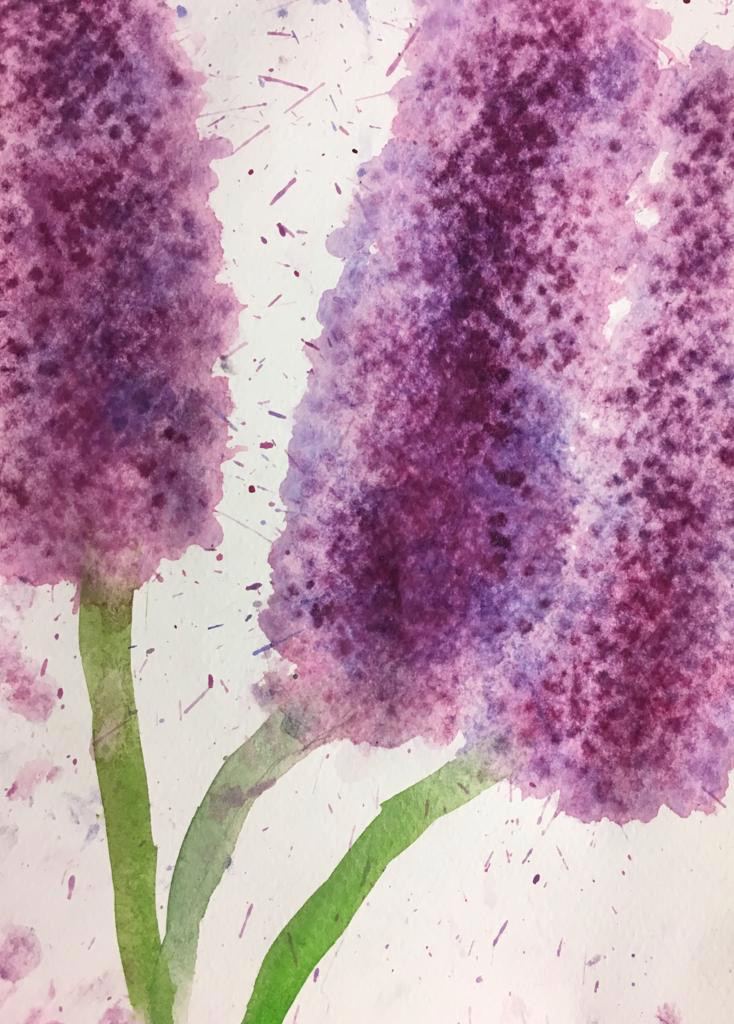 The mindfulness that emanated from the children, when working from life drawing flowers, had a calming effect on the class. We took time to look very carefully at what was in front of us and broke it down into different focusses. Light, shade and how to follow the line from observation, combined with a little imagination, created stunning detailed pencil drawings.
The mindfulness that emanated from the children, when working from life drawing flowers, had a calming effect on the class. We took time to look very carefully at what was in front of us and broke it down into different focusses. Light, shade and how to follow the line from observation, combined with a little imagination, created stunning detailed pencil drawings.

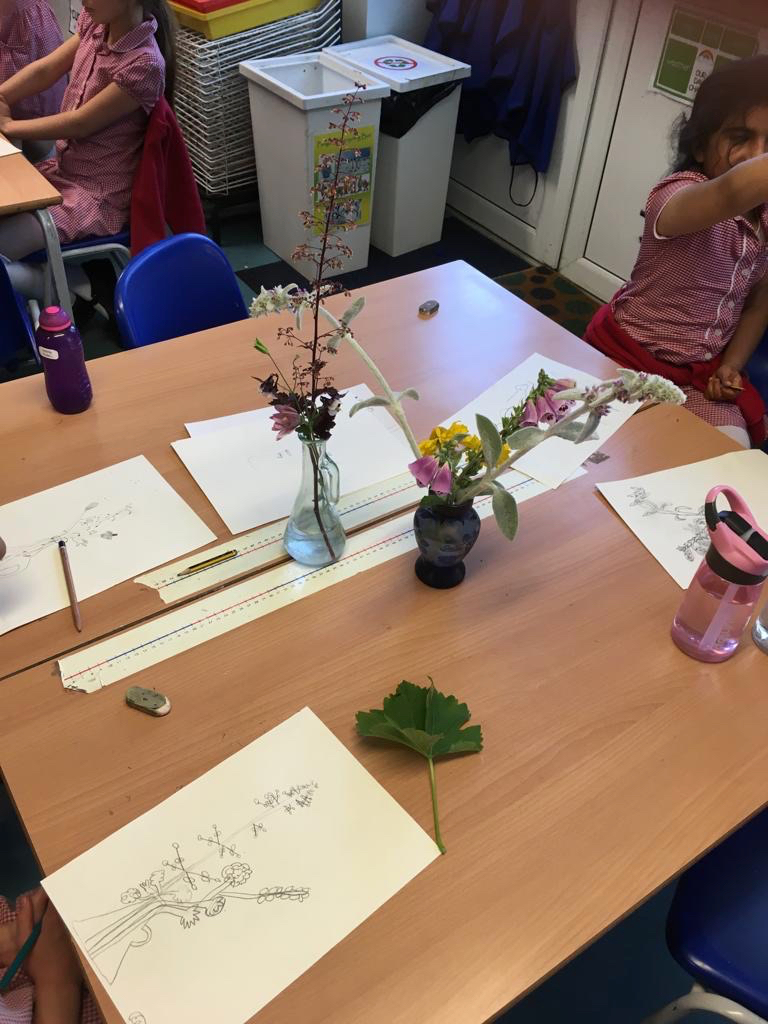
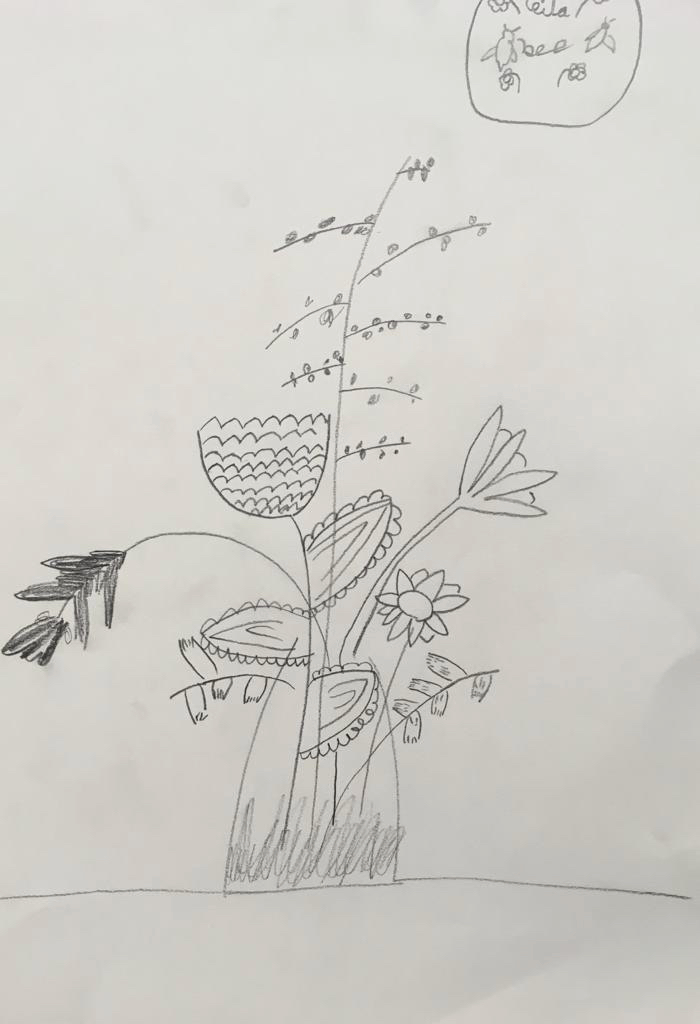
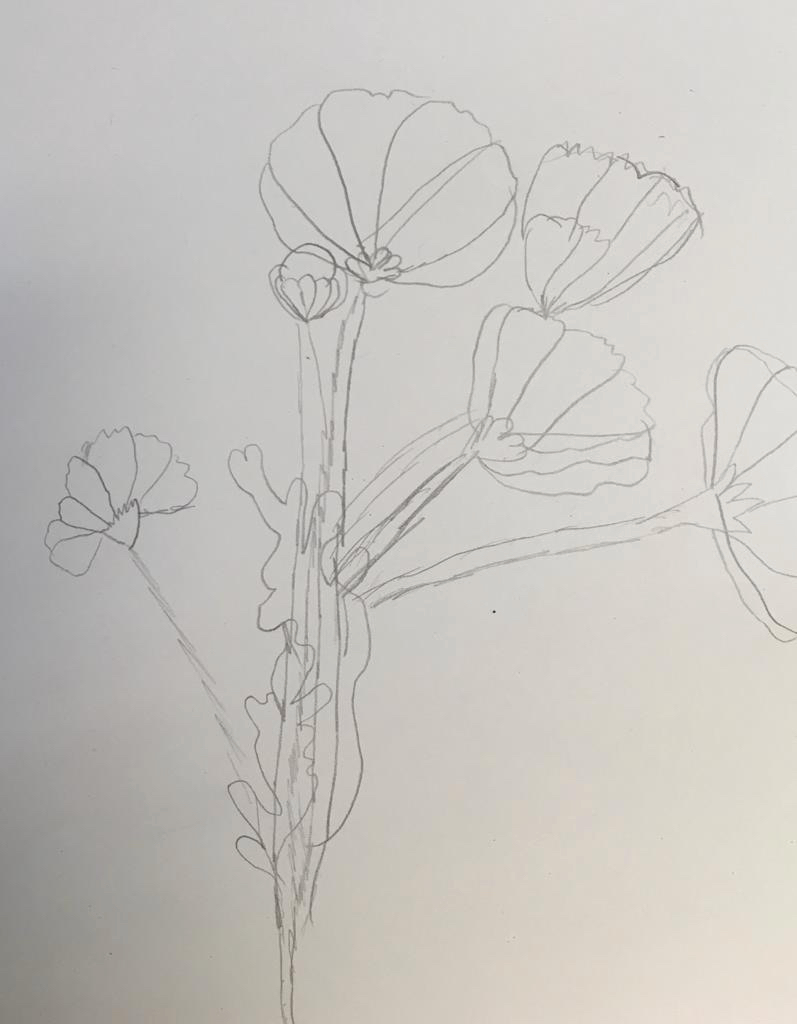
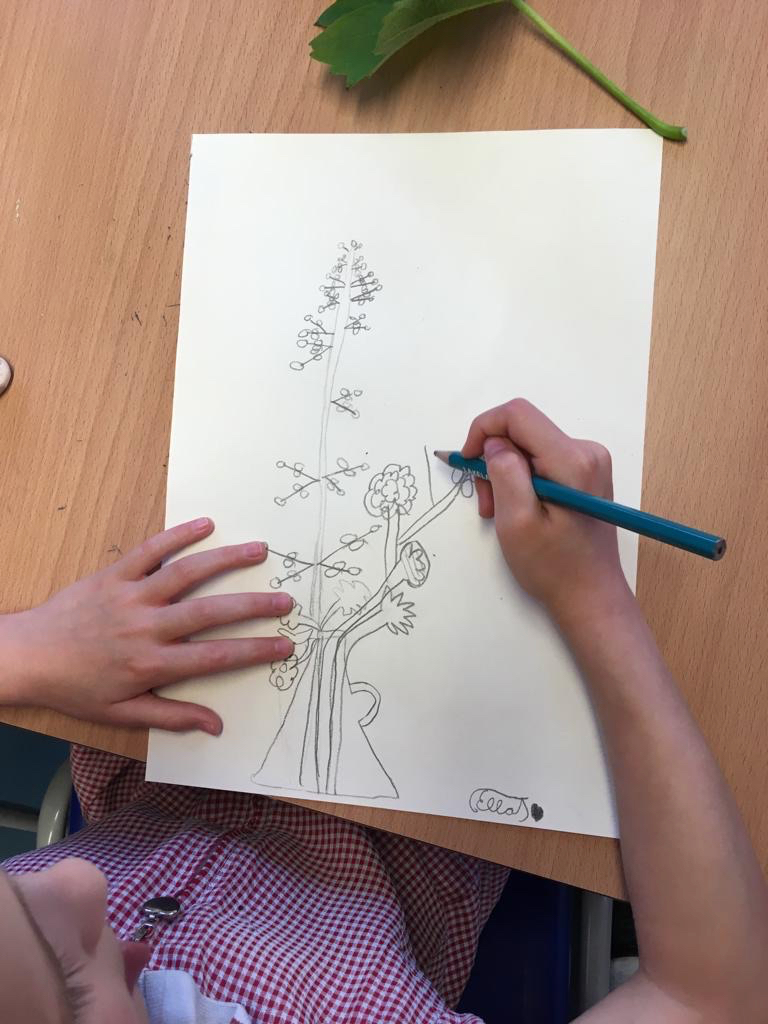
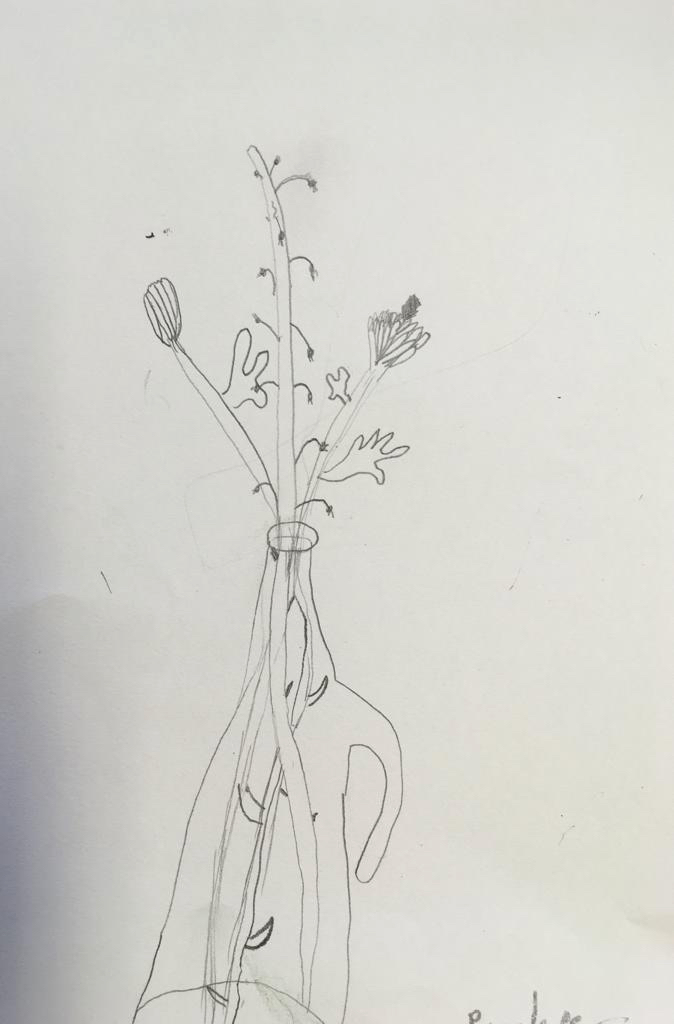
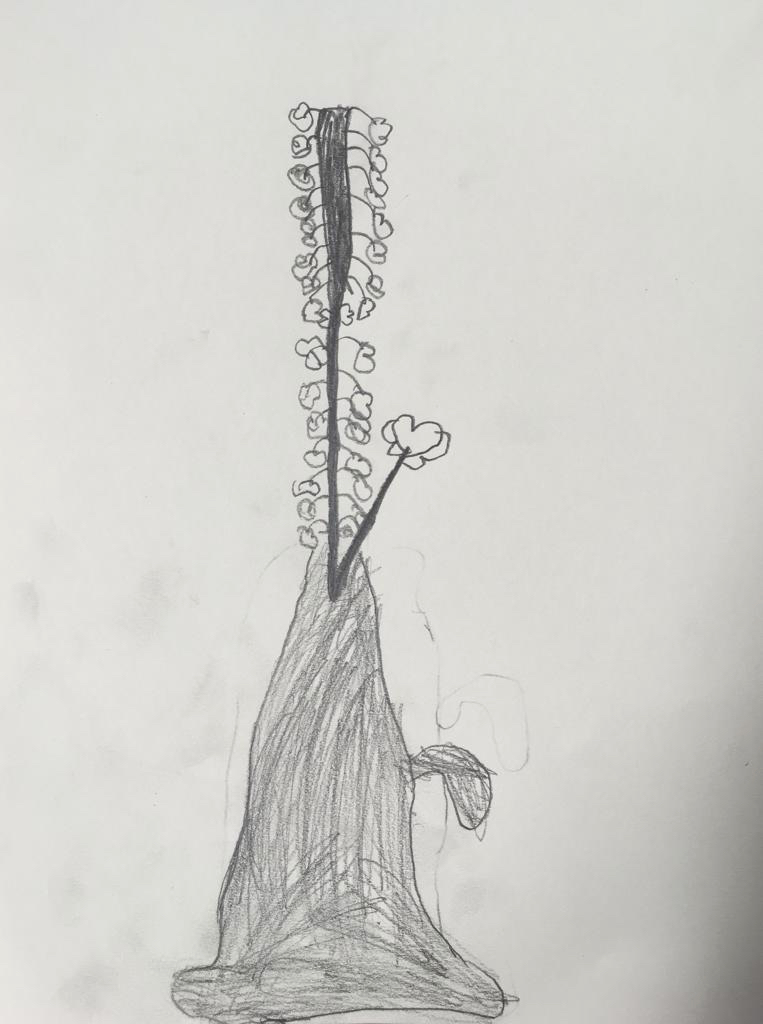
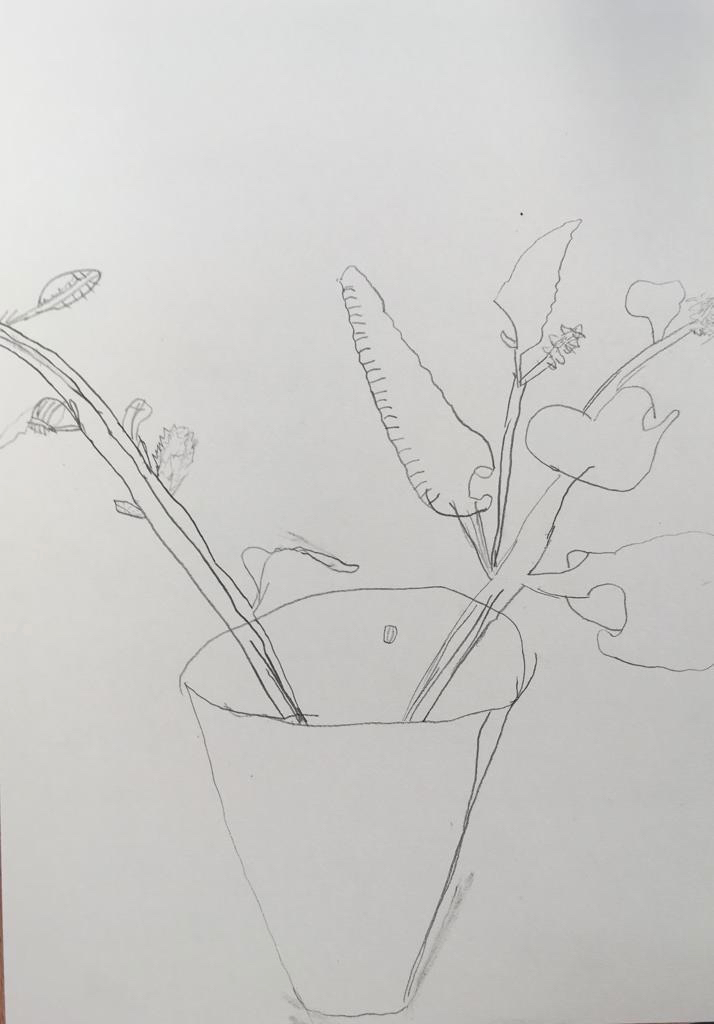 The following week, building on the previous lesson’s observation skills, teacher and artist Barbara Veena Scialo showed a short tutorial to demonstrate “how to layer watercolours using their transparent effect”. With this in mind, the paintings gradually grew, one petal at a time, with the watercolour layers adding depth, variety and dimension to the flowers.
The following week, building on the previous lesson’s observation skills, teacher and artist Barbara Veena Scialo showed a short tutorial to demonstrate “how to layer watercolours using their transparent effect”. With this in mind, the paintings gradually grew, one petal at a time, with the watercolour layers adding depth, variety and dimension to the flowers.
The timing of this session fell over Father’s Day, so some beautiful hand painted cards were created to celebrate this auspicious occasion!
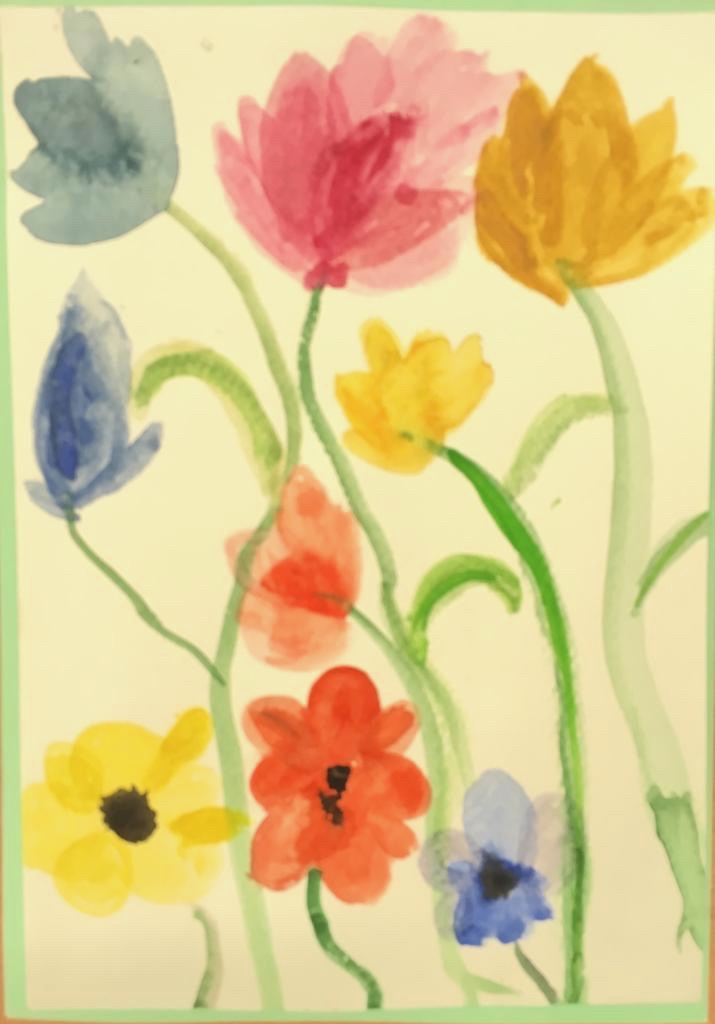
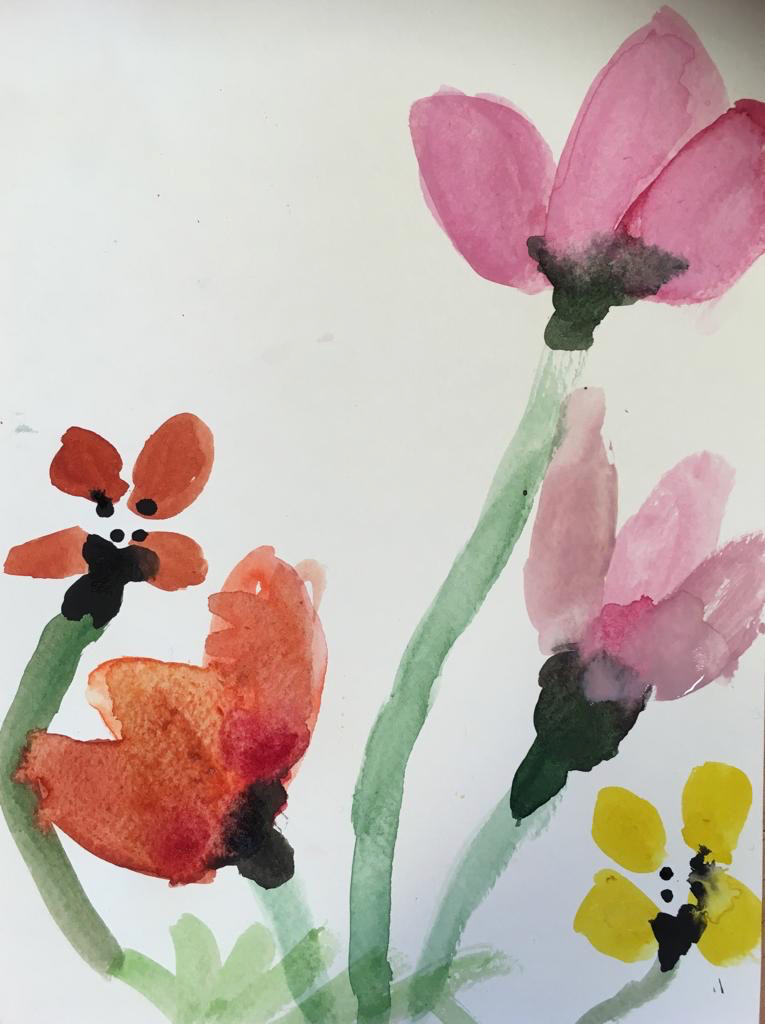
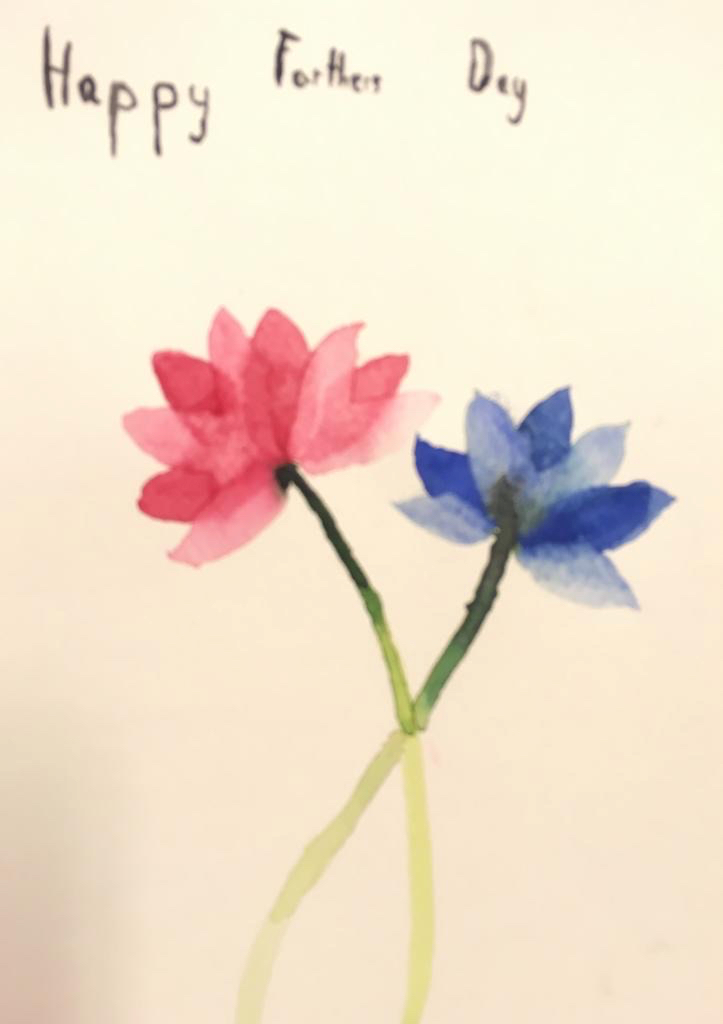
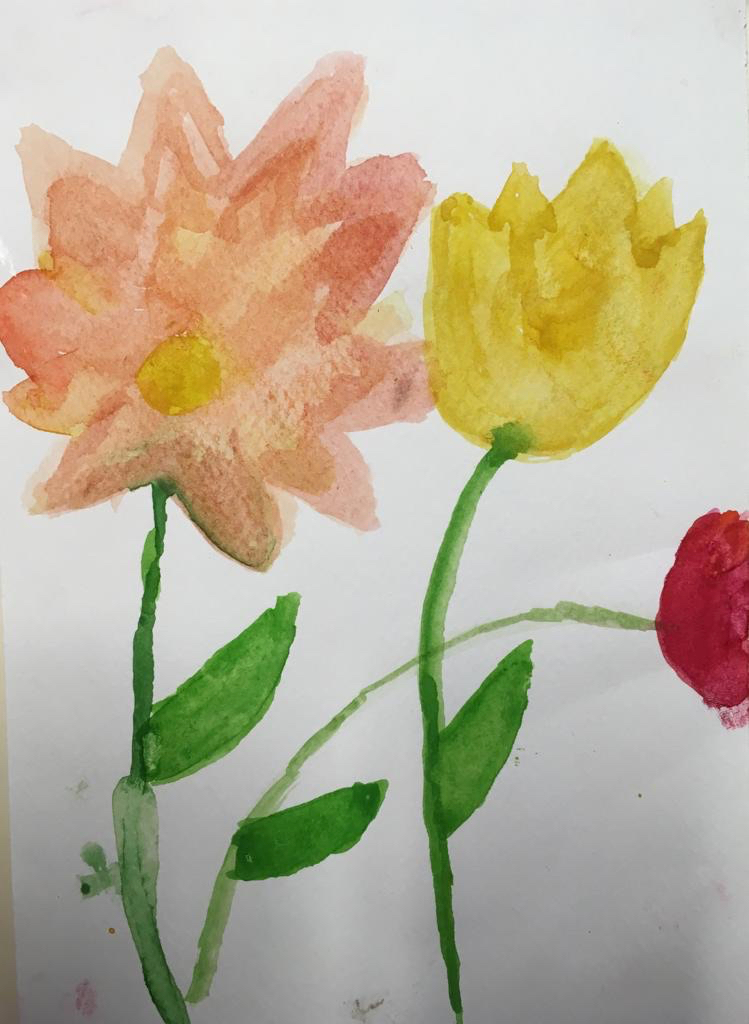 With the young artists enthusiasm for Botany, we stayed with flowers, but altered the medium and techniques to explore different ways to express beauty in painting.
With the young artists enthusiasm for Botany, we stayed with flowers, but altered the medium and techniques to explore different ways to express beauty in painting.
Swapping a white background for black raised new challenges and opportunities for design. Instead of traditional paint brushes, the group were given bundles of cotton buds, to create their marks using a mixture of both acrylic and poster paints. The opacity of the paint raised new technical issues when representing depth, in comparison to translucent water colours, so instead of building up layers of paint, the artists used tonal variation to emphasise light and shade.
These paintings have strong compositions from the bottom left hand corner, spreading out across the landscape orientation of the card. To achieve this, the outline of the jar/vase is drawn first in chalk, followed by the arrangement of flowers and leaves.
To recreate the three-dimensions of lilacs through painting, everyone needed to understand how to mix the purple tones from bluer violet to warmer pinky mauve; as well as a range of warm and cool greens for the foliage.
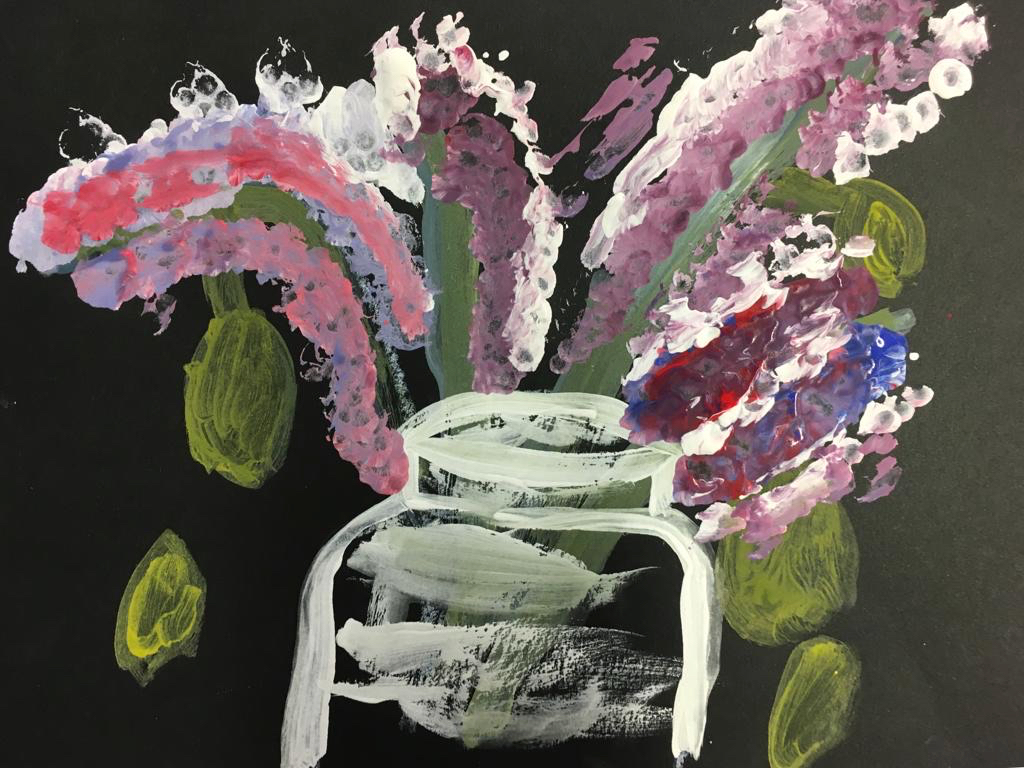
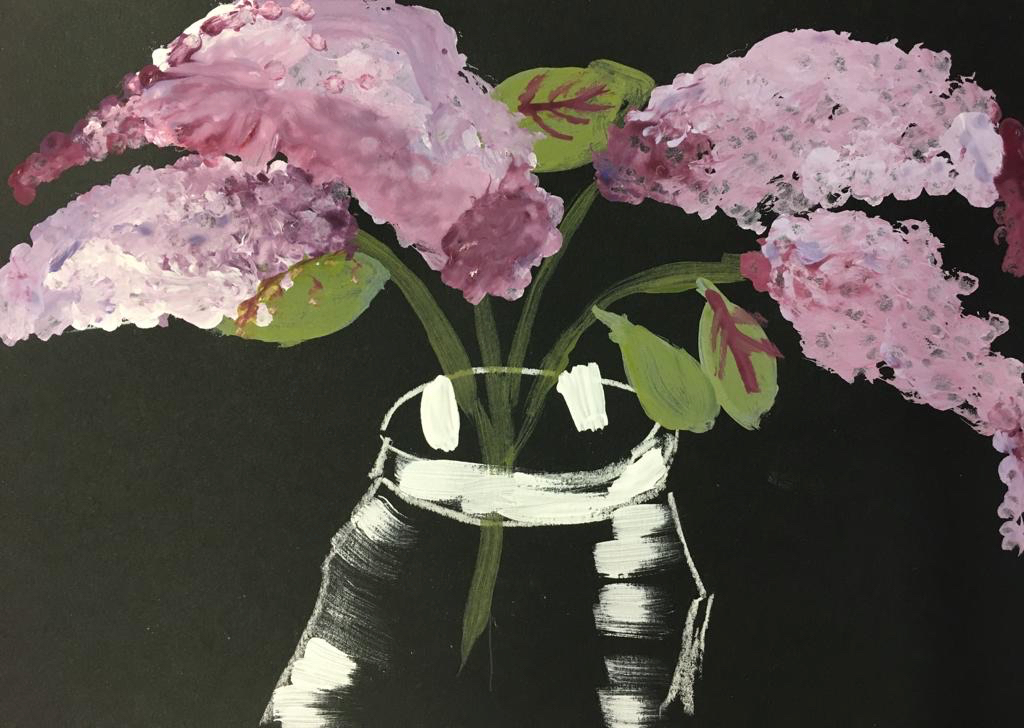
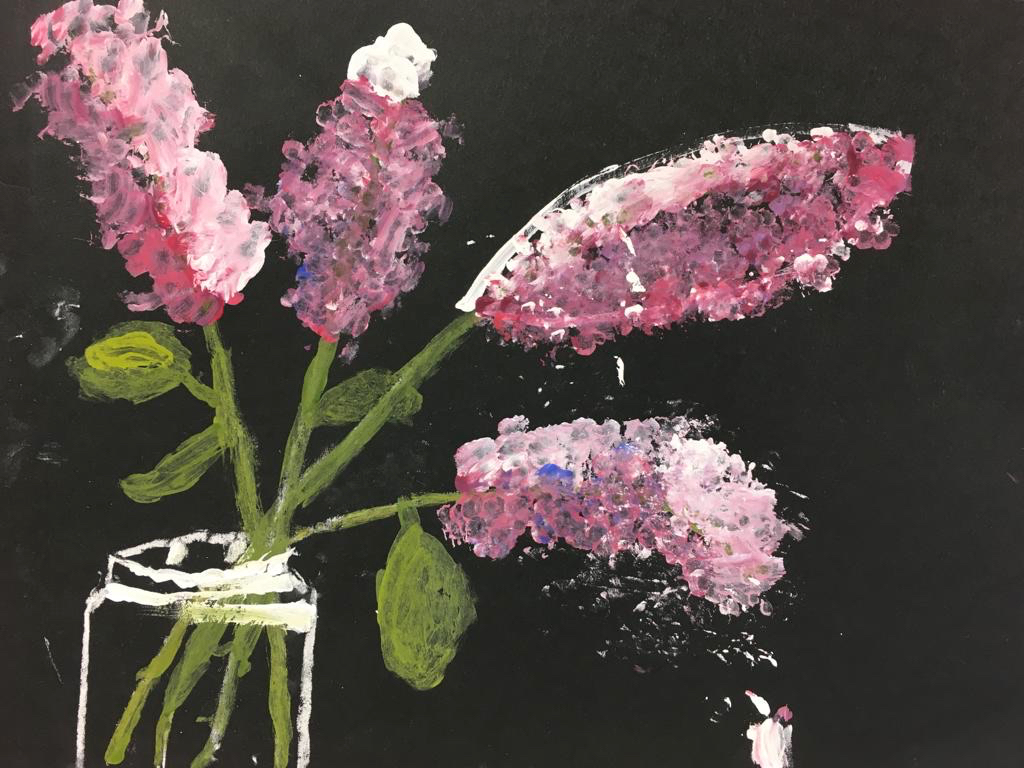
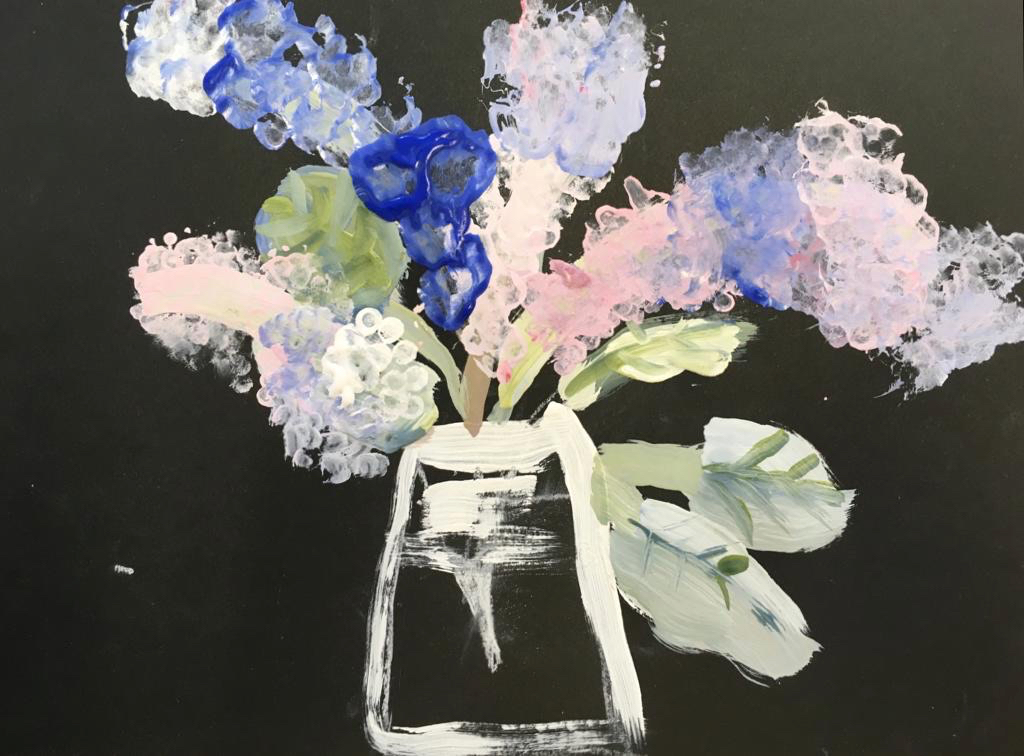

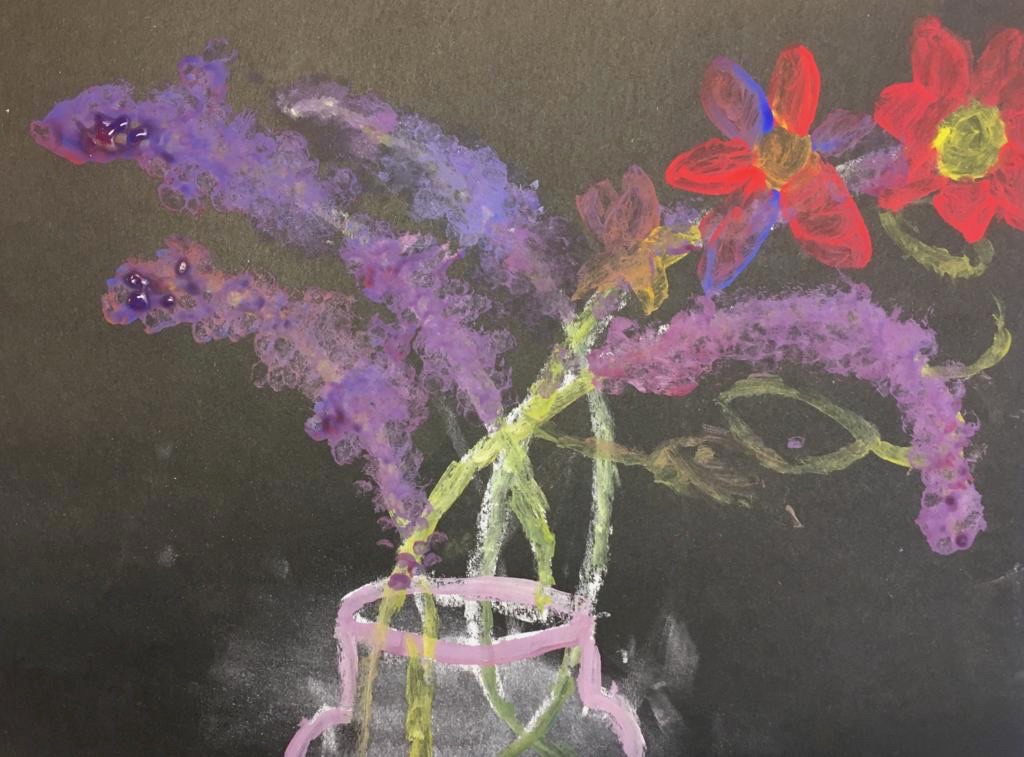
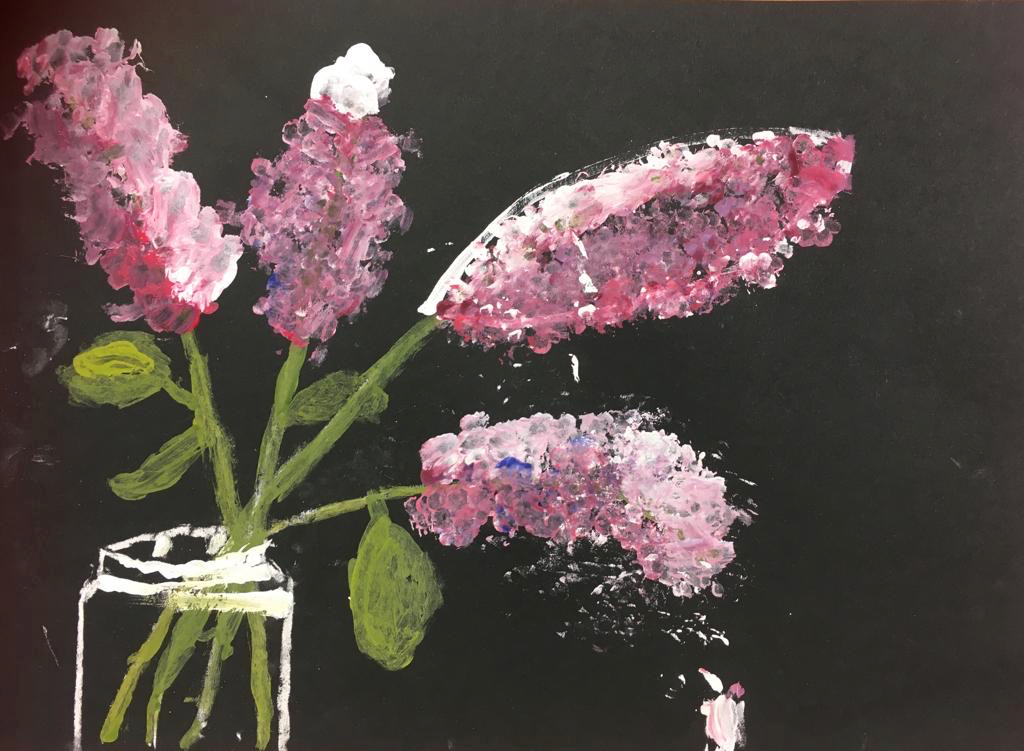
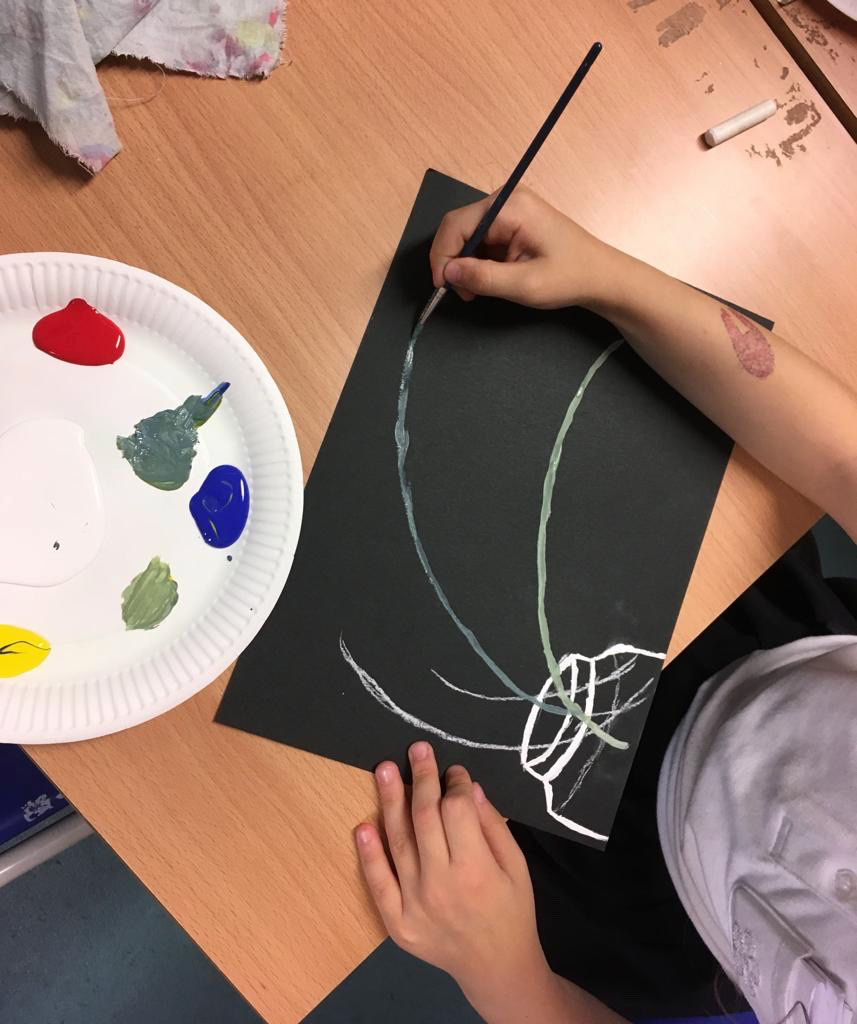
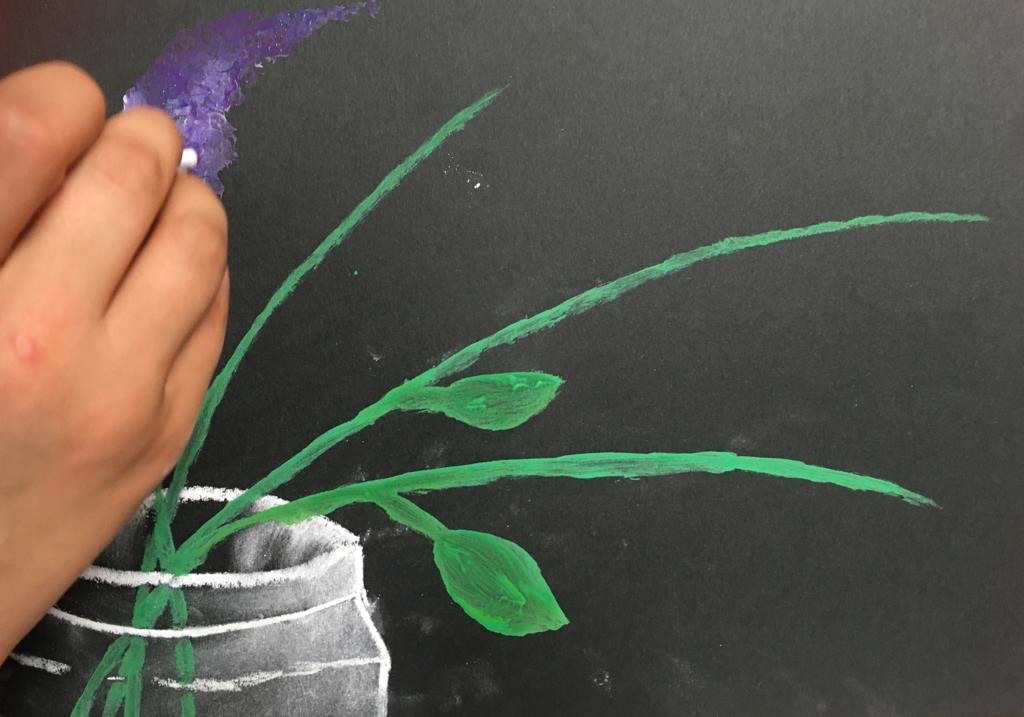 Experimenting with cotton buds instead of brushes suited this subject matter perfectly. The group continued to enjoy exploring this technique using watercolour, which resulted in some soft, delicate, stippled paintings. By now the small hands were becoming experts and pushed themselves to create complex compositions and dynamic designs.
Experimenting with cotton buds instead of brushes suited this subject matter perfectly. The group continued to enjoy exploring this technique using watercolour, which resulted in some soft, delicate, stippled paintings. By now the small hands were becoming experts and pushed themselves to create complex compositions and dynamic designs.
These competent paintings really show how much the class has understood the technique and now they can be really confident to enjoy their new skill.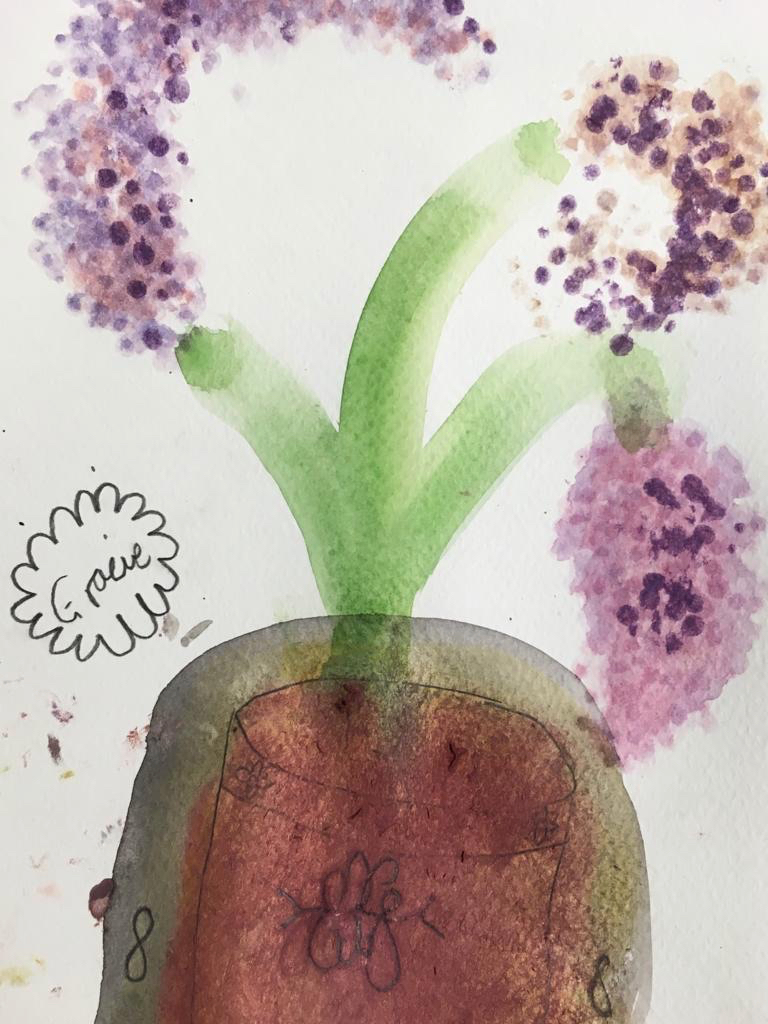
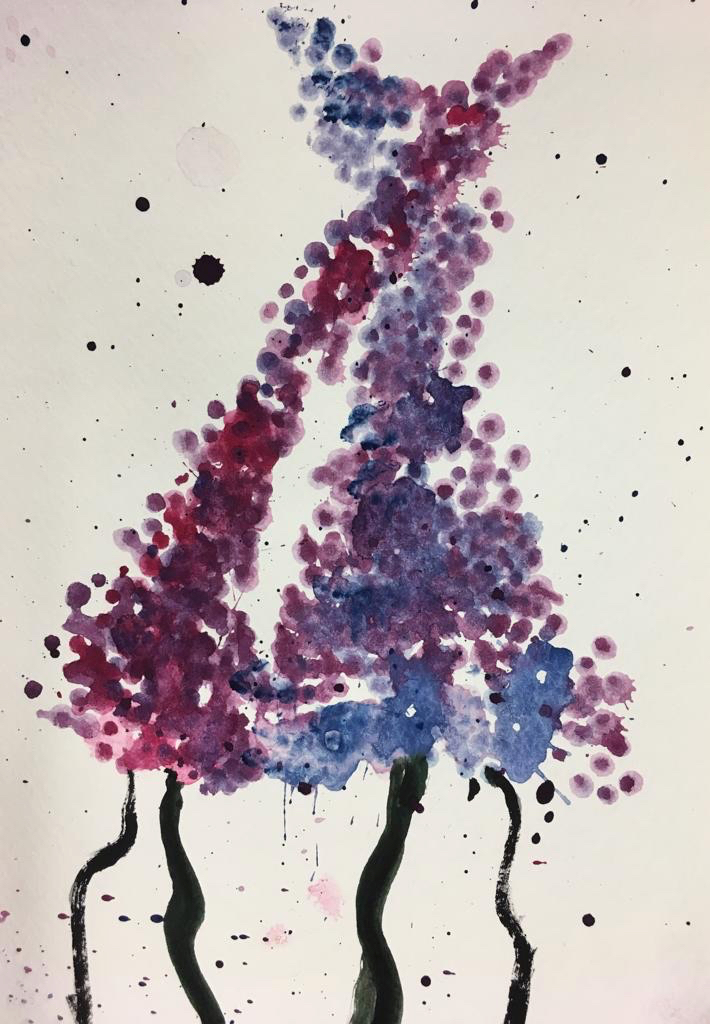
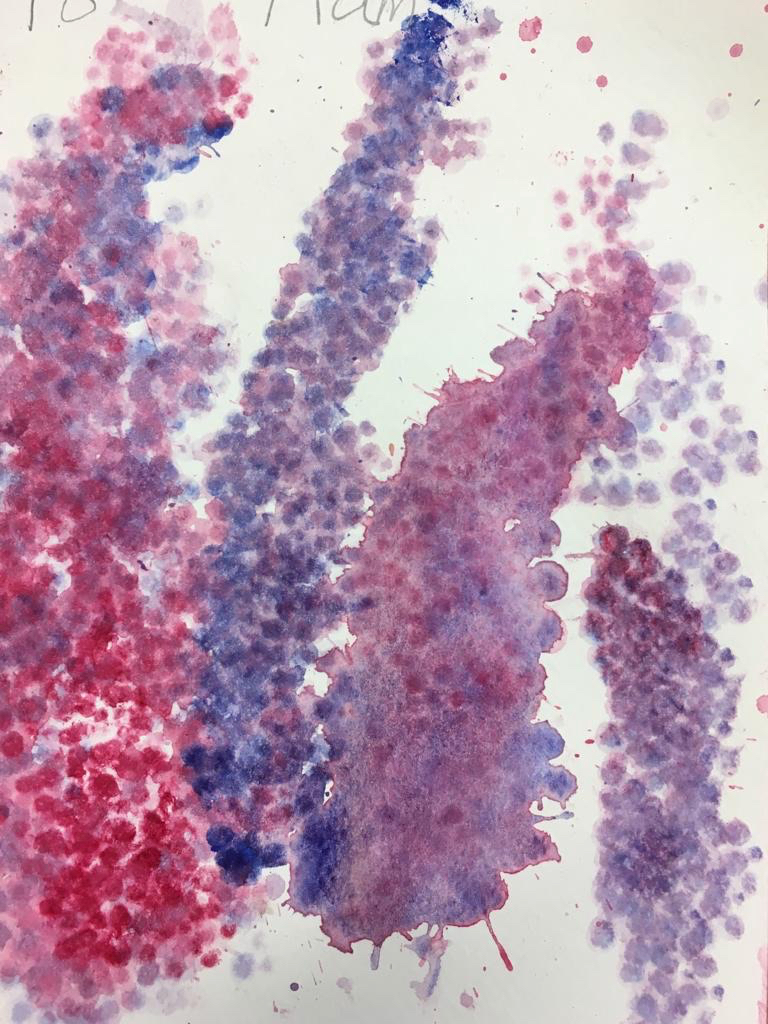
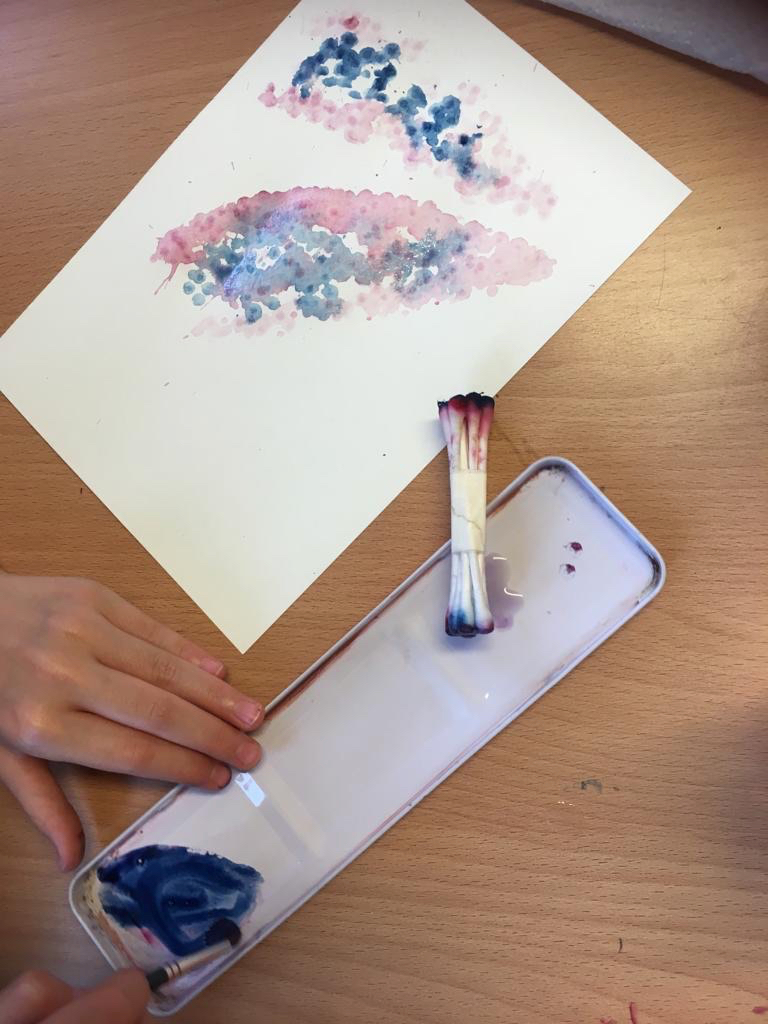
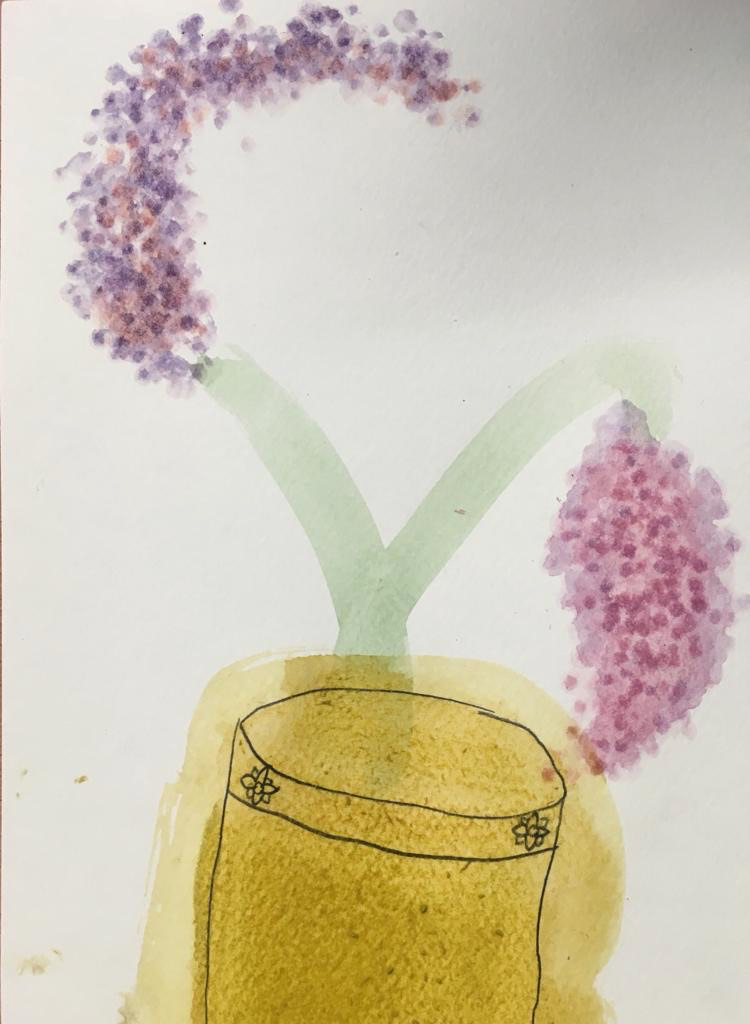
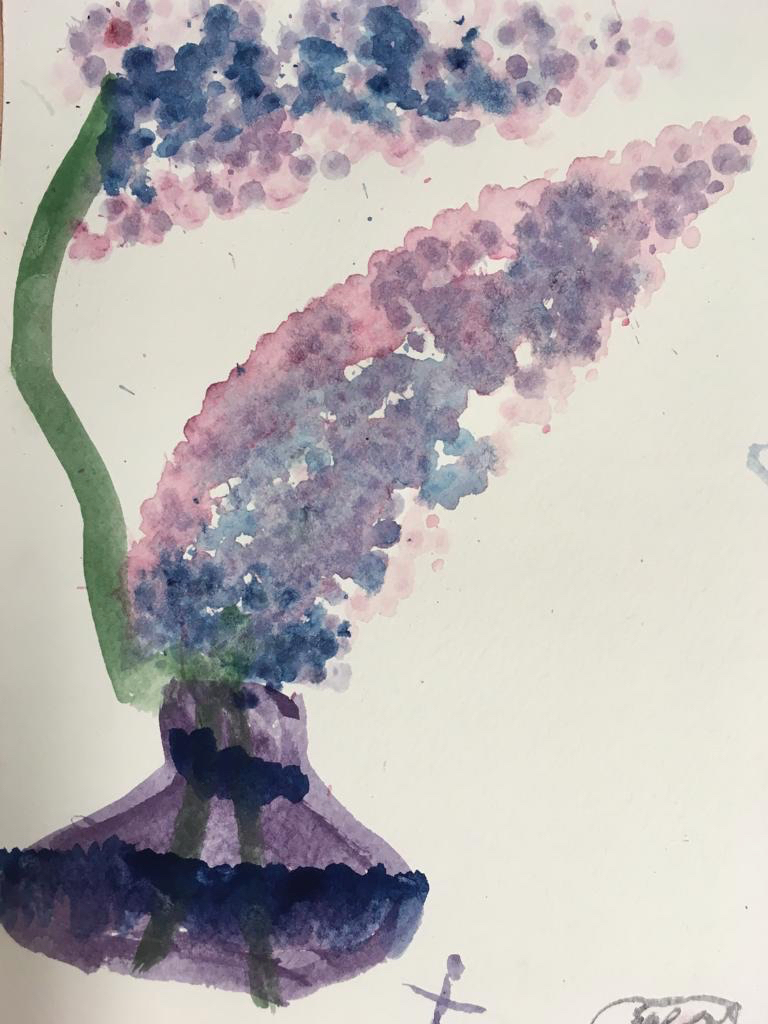
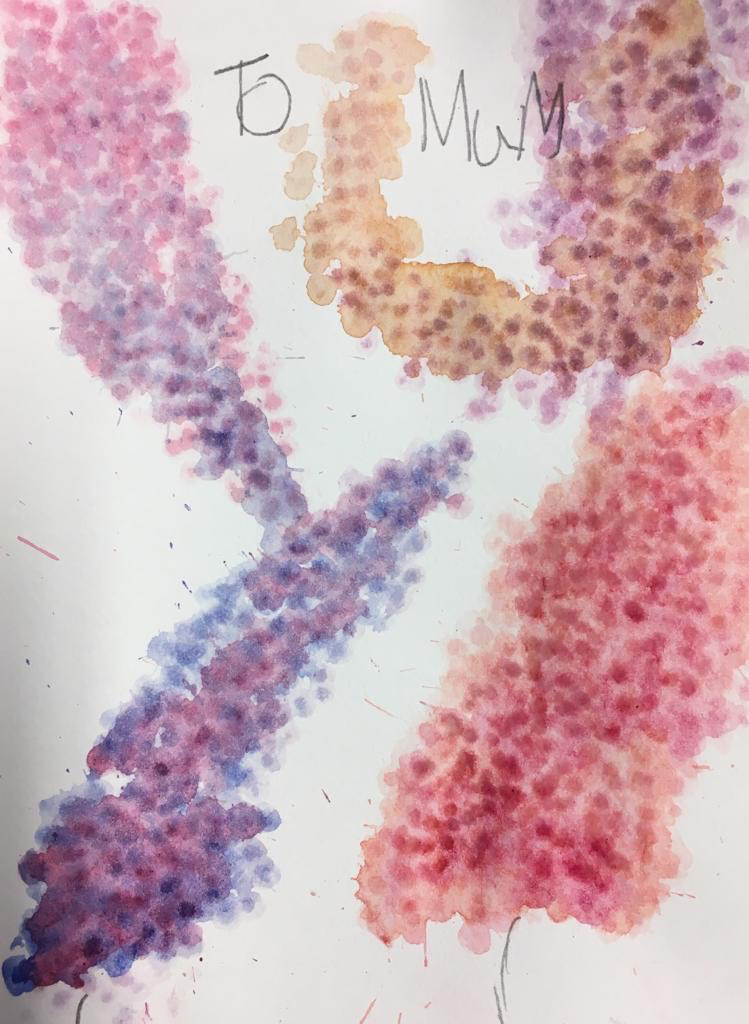
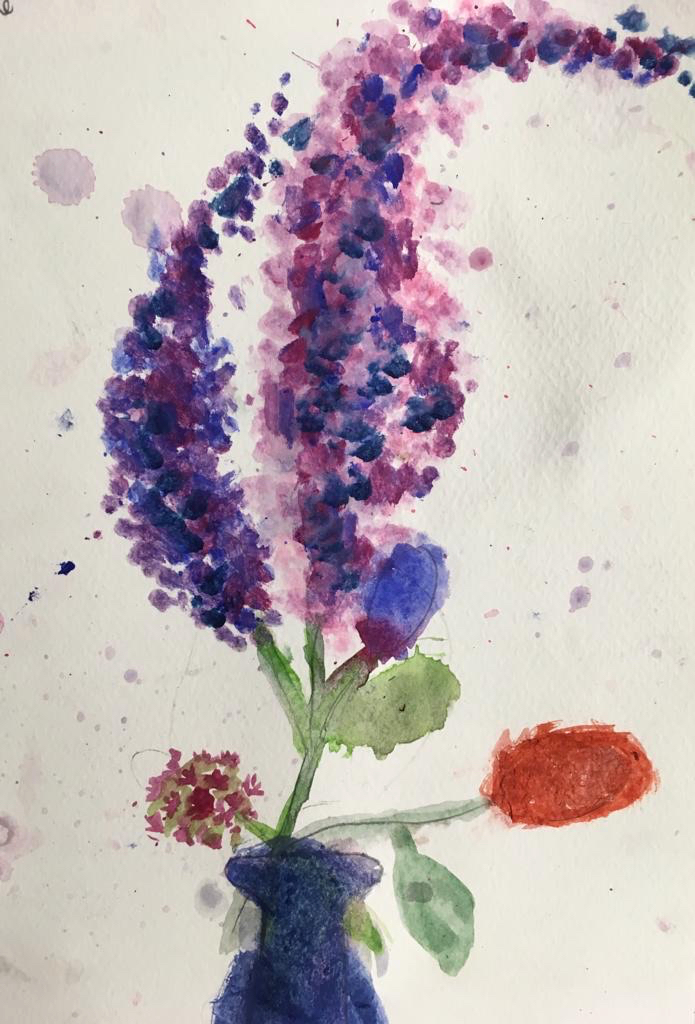
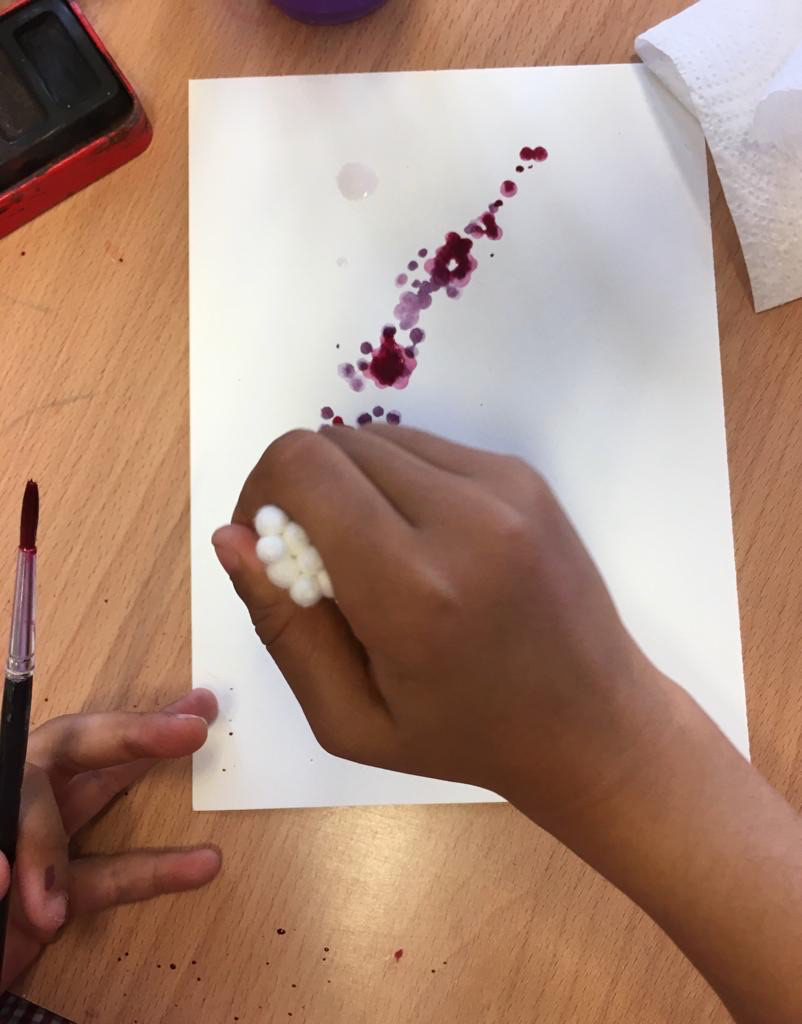
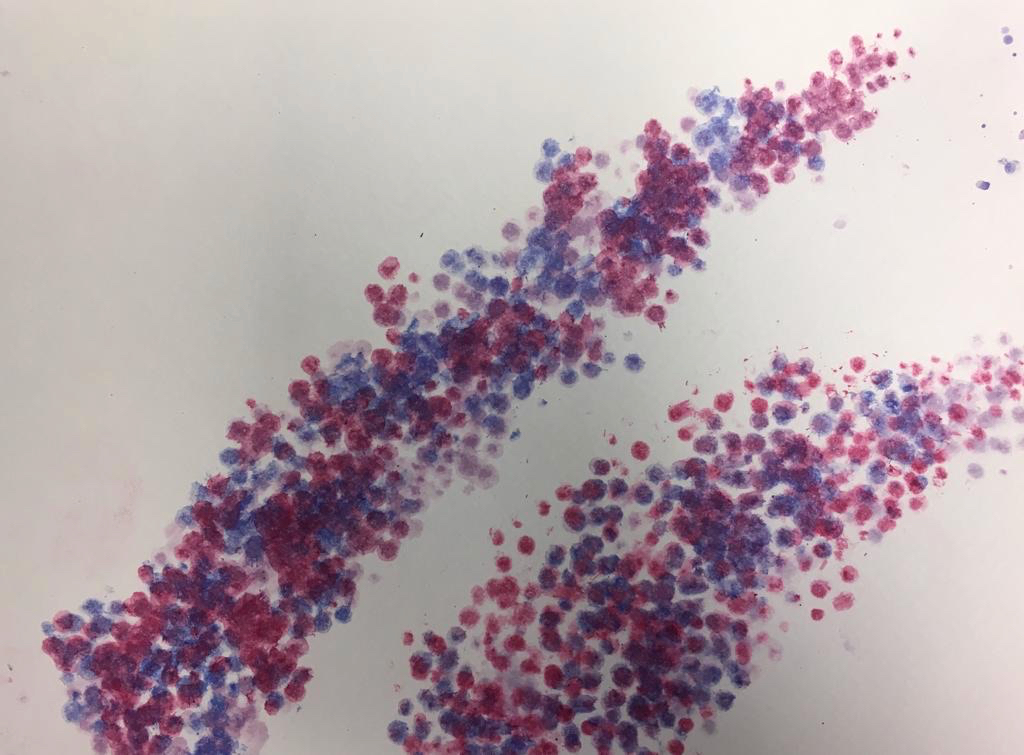
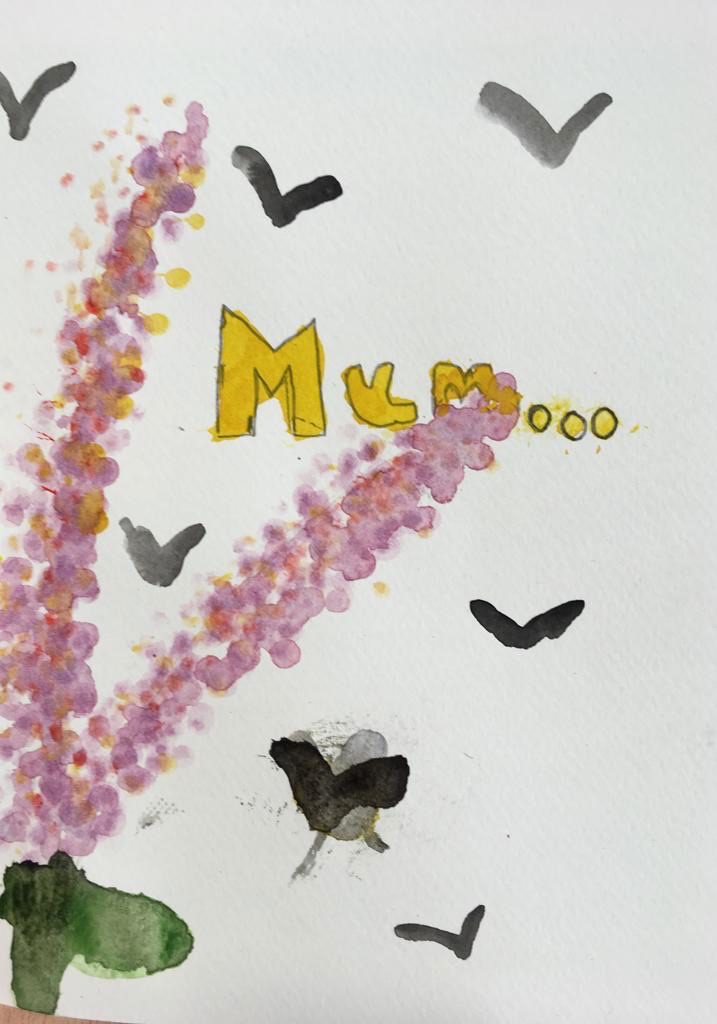
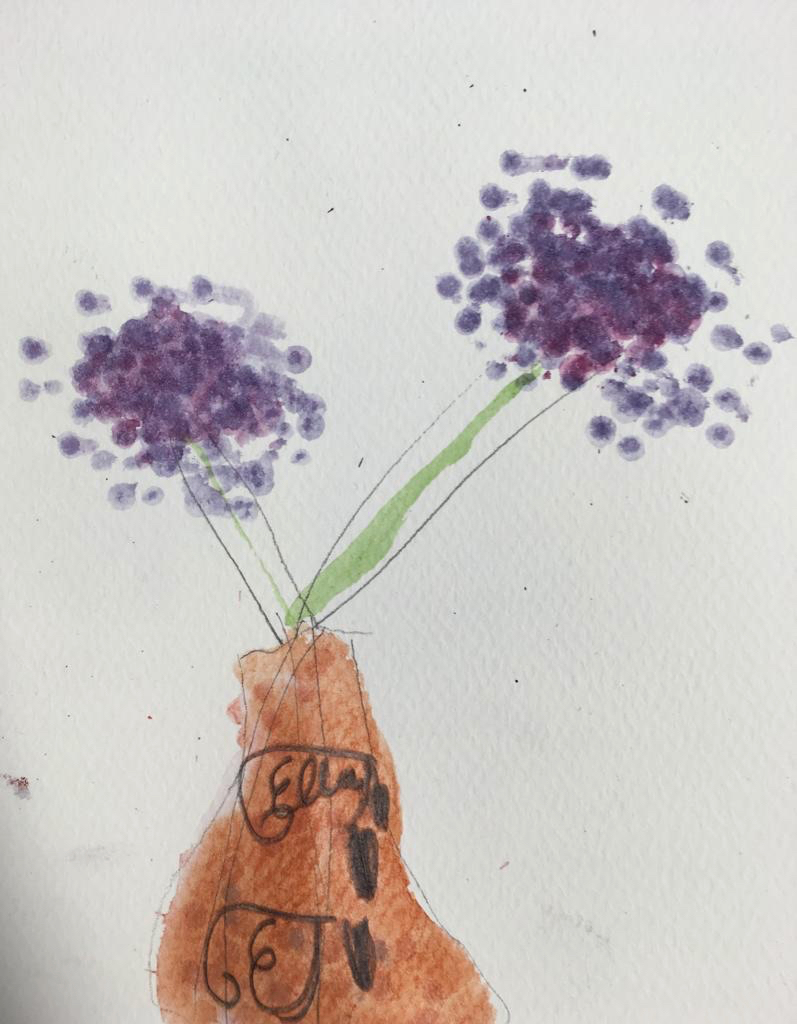
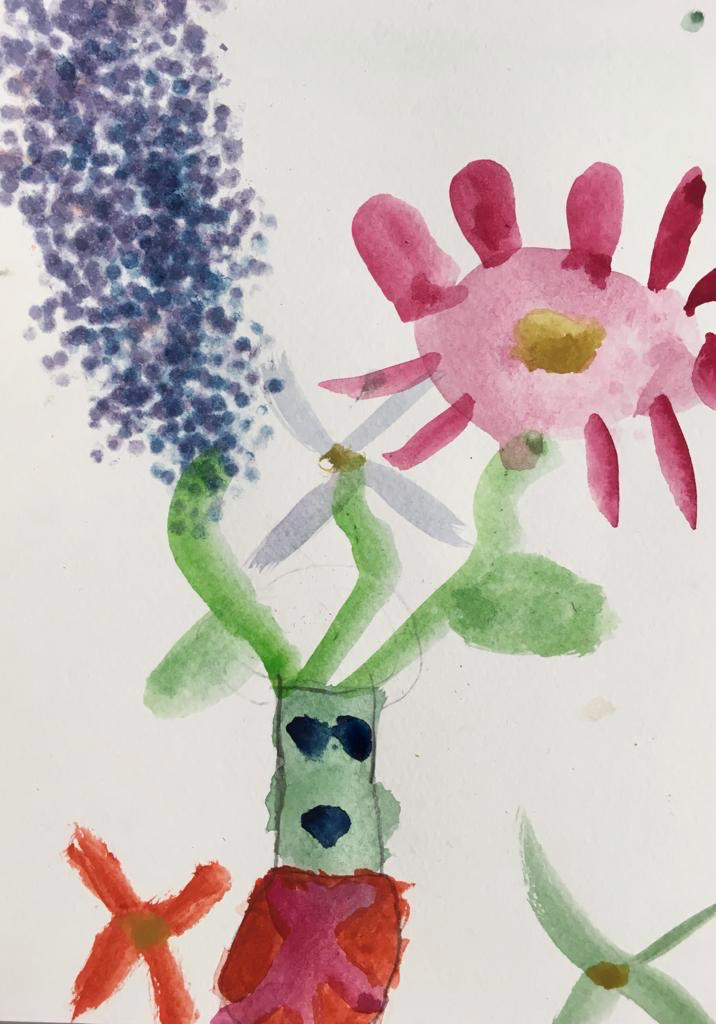
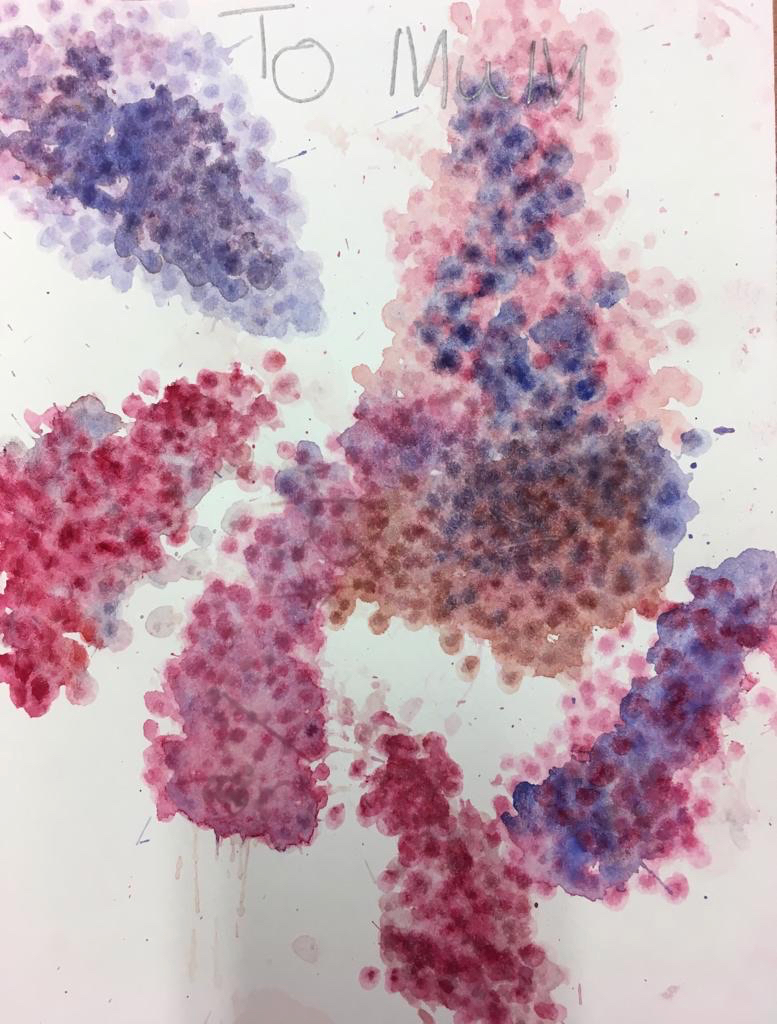 This is something you can try at home, other subjects to have a go at could include trees, fish, water and even a landscape if you’re feeling brave. Good luck.
This is something you can try at home, other subjects to have a go at could include trees, fish, water and even a landscape if you’re feeling brave. Good luck.
- Posted by
 admin
admin - Posted in Children's Work, Courses, Creativity, Painting, Pelham After School Art Club, Uncategorized
 Jul, 19, 2019
Jul, 19, 2019 No Comments.
No Comments.
Archives
- April 2023
- February 2023
- September 2022
- August 2022
- May 2020
- February 2020
- December 2019
- October 2019
- July 2019
- June 2019
- April 2019
- February 2019
- January 2019
- December 2018
- October 2018
- July 2018
- June 2018
- May 2018
- April 2018
- March 2018
- February 2018
- January 2018
- December 2017
- November 2017
- October 2017
- September 2017
- August 2017
- July 2017
- June 2017
- May 2017
- April 2017
- March 2017
- February 2017
- December 2016
- October 2016
- September 2016
- August 2016
- July 2016
- June 2016
- May 2016
- March 2016
- February 2016
- January 2016
- December 2015
- November 2015
- October 2015
- September 2015
- August 2015
- July 2015
- June 2015
- May 2015
- April 2015
- March 2015
- February 2015
- January 2015
- December 2014
- November 2014
- October 2014
- September 2014
- July 2014
- June 2014
- May 2014
- April 2014
- March 2014
- February 2014
- January 2014
- December 2013
- November 2013
- October 2013
- May 2013
- April 2013
- March 2013
- February 2013
- January 2013
- November 2012
- October 2012
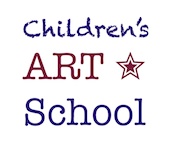
 07808 168 543
07808 168 543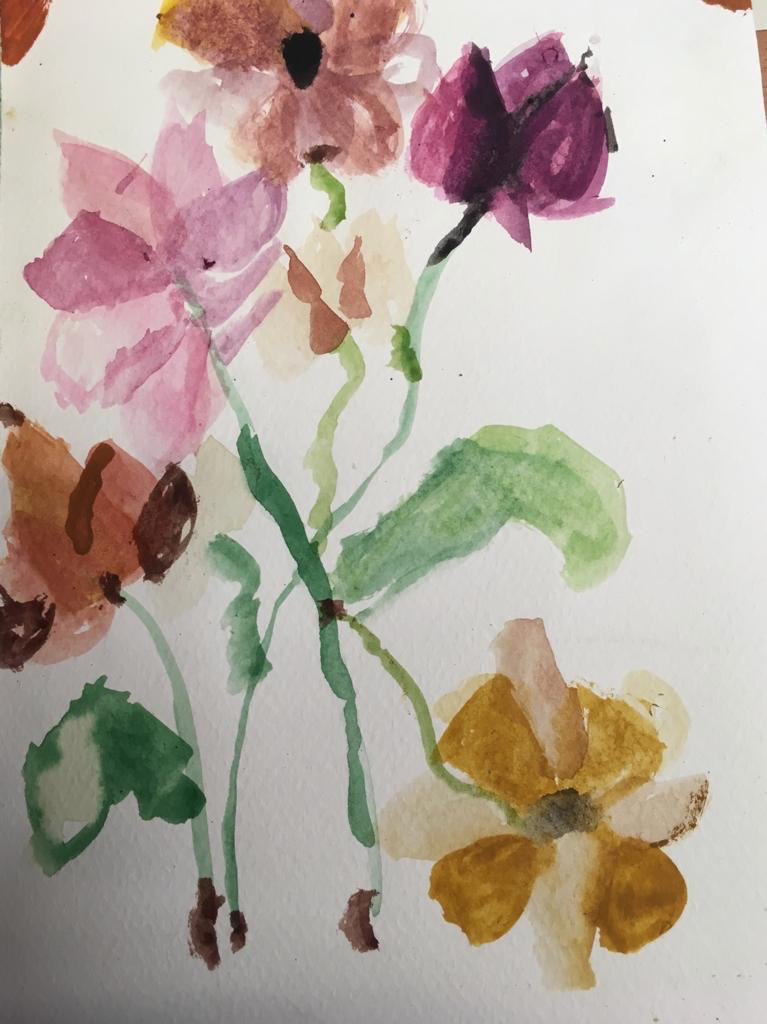
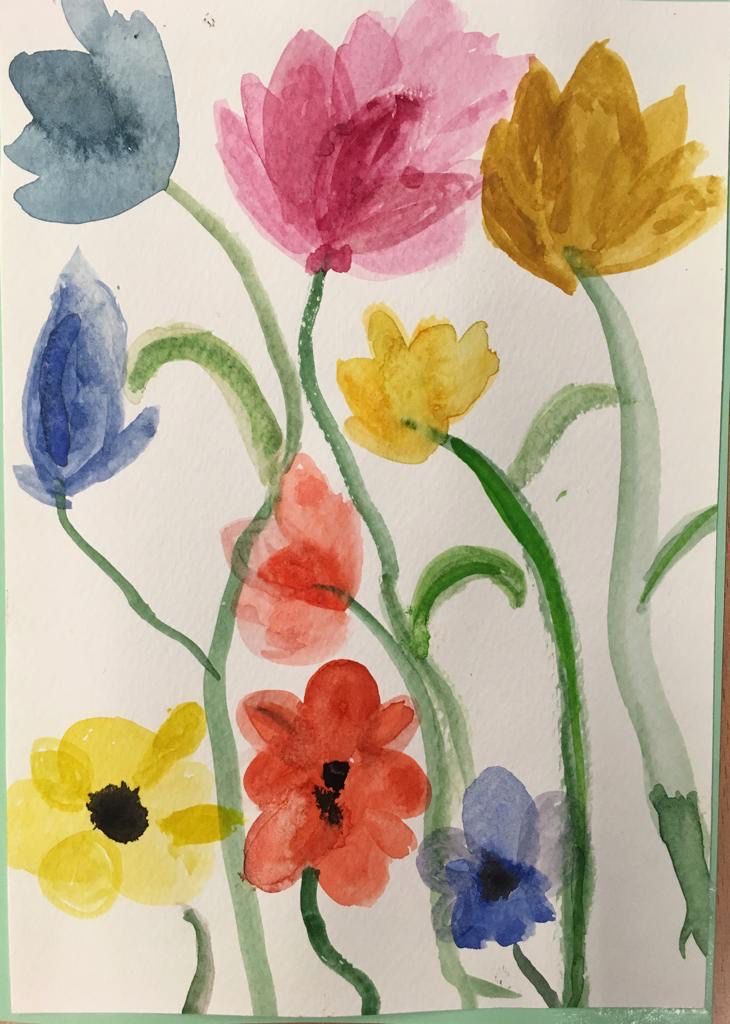
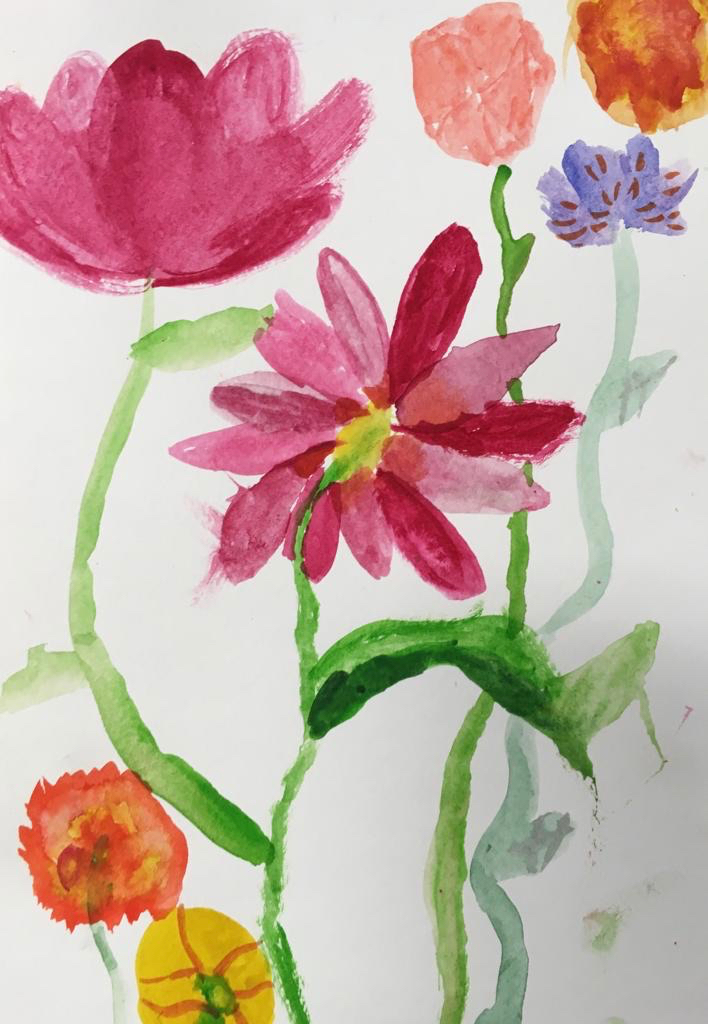
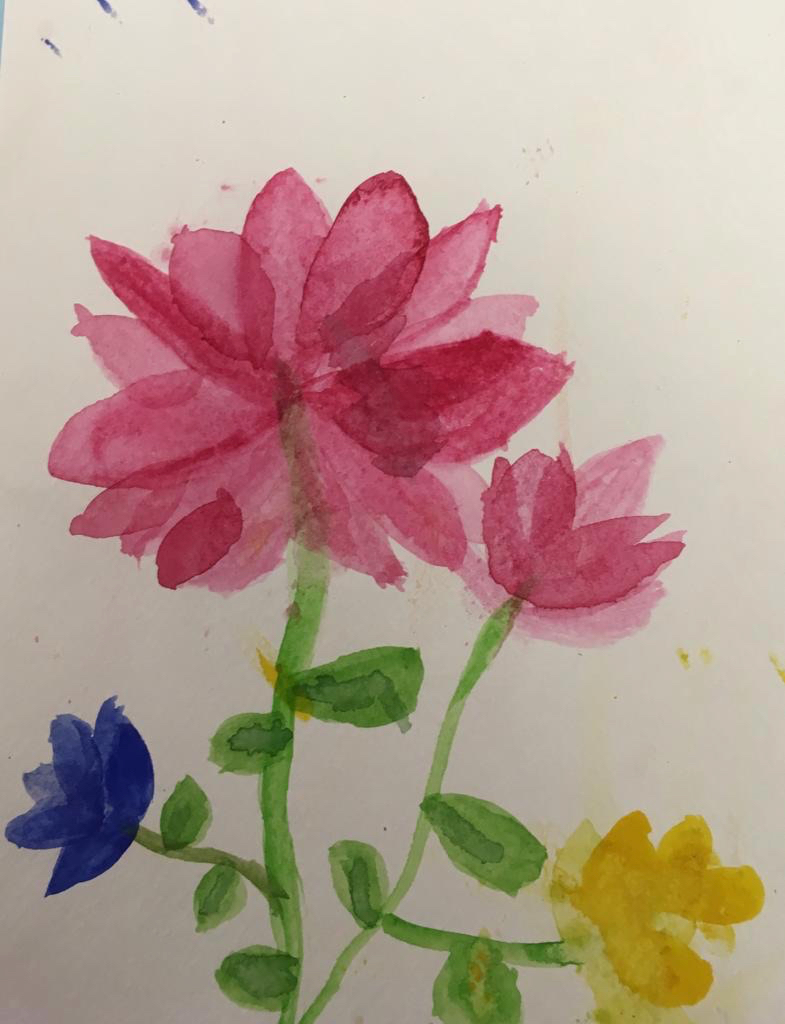
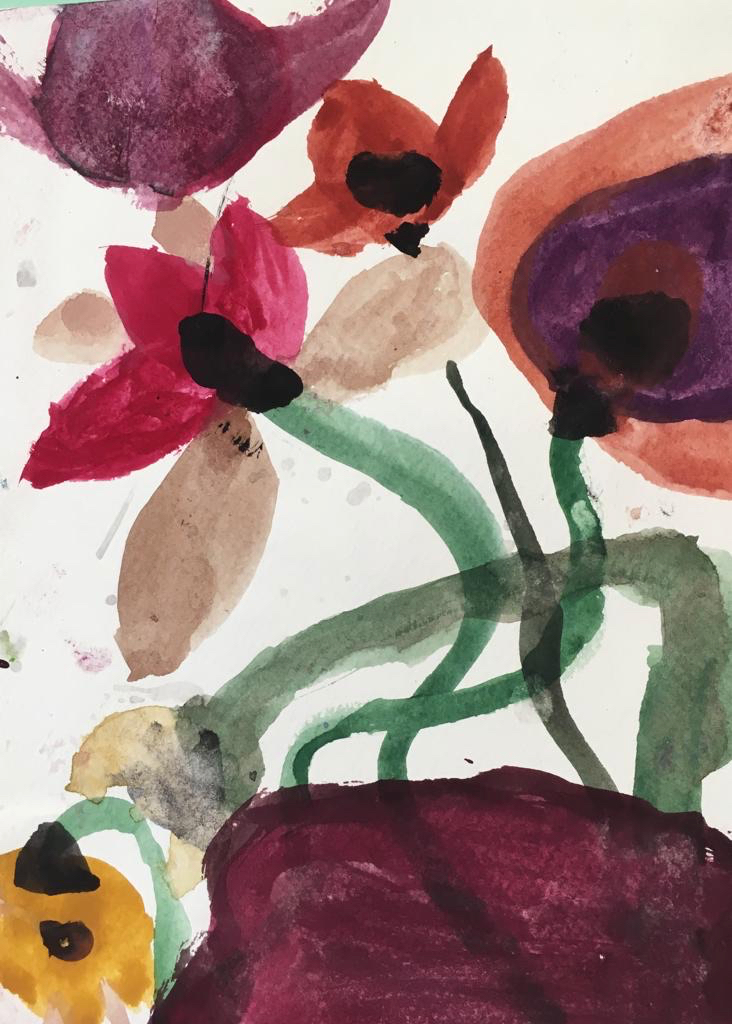
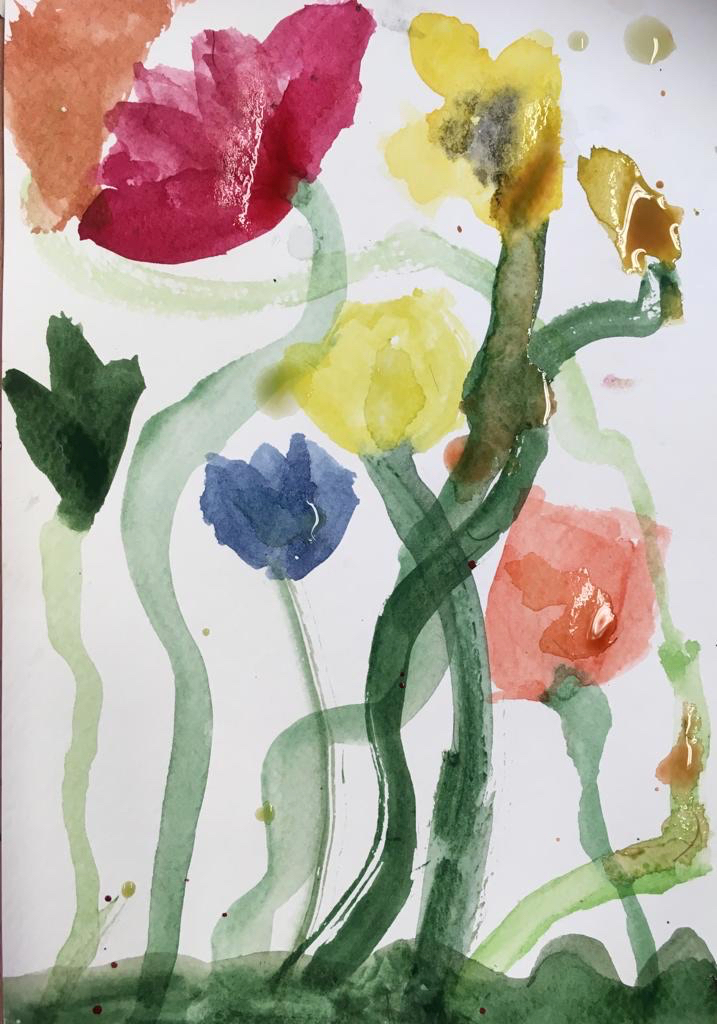
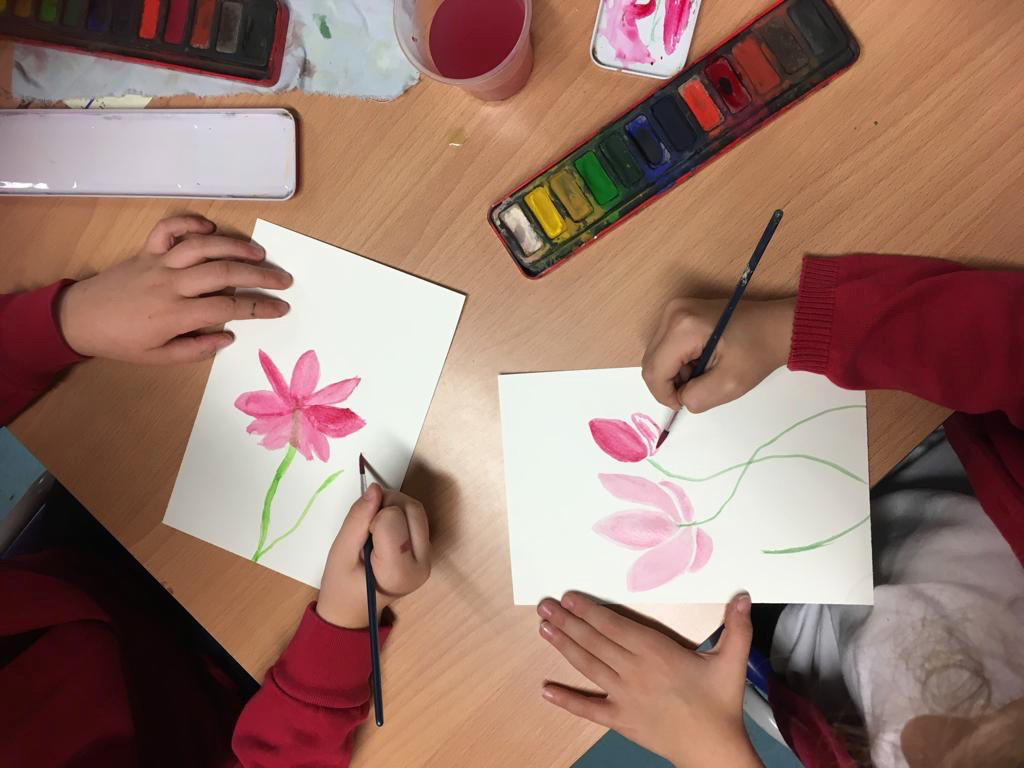
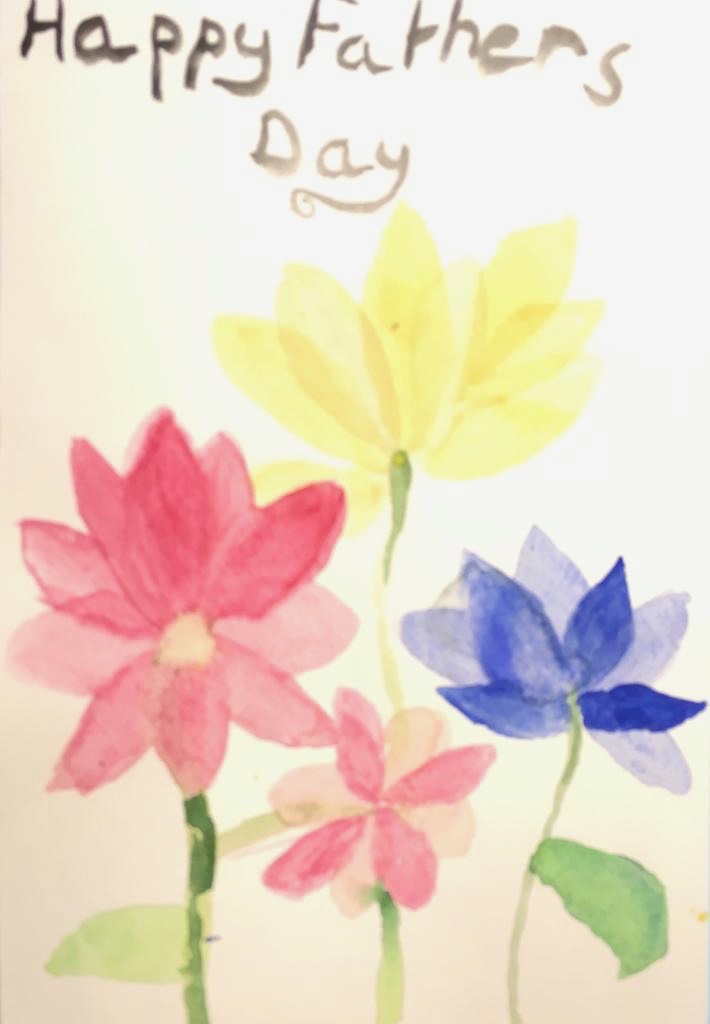
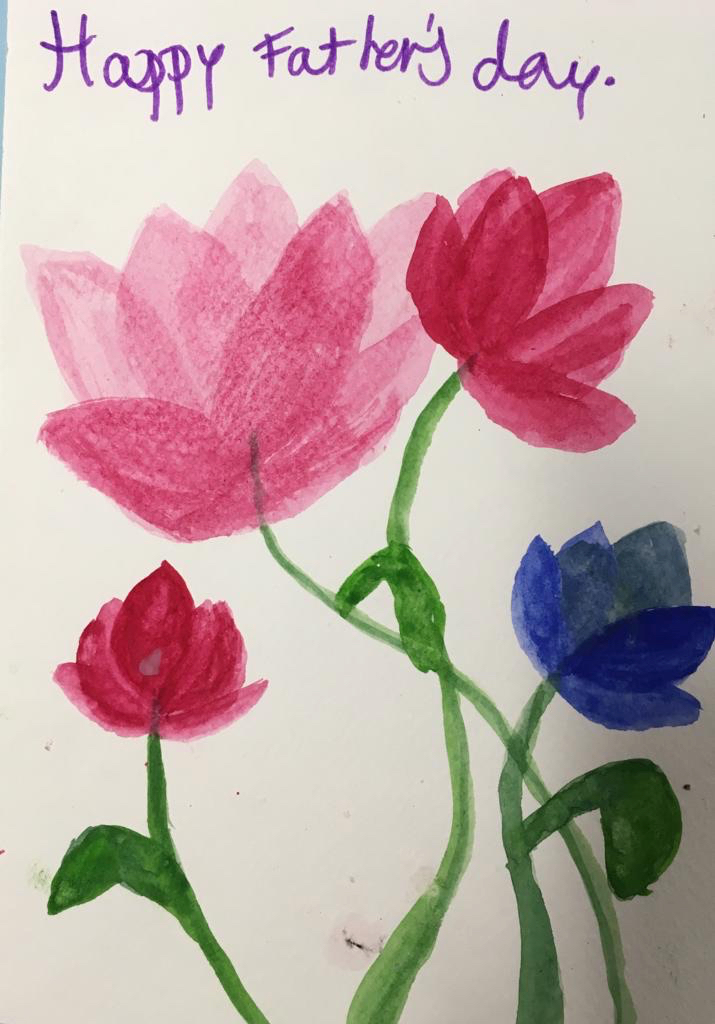
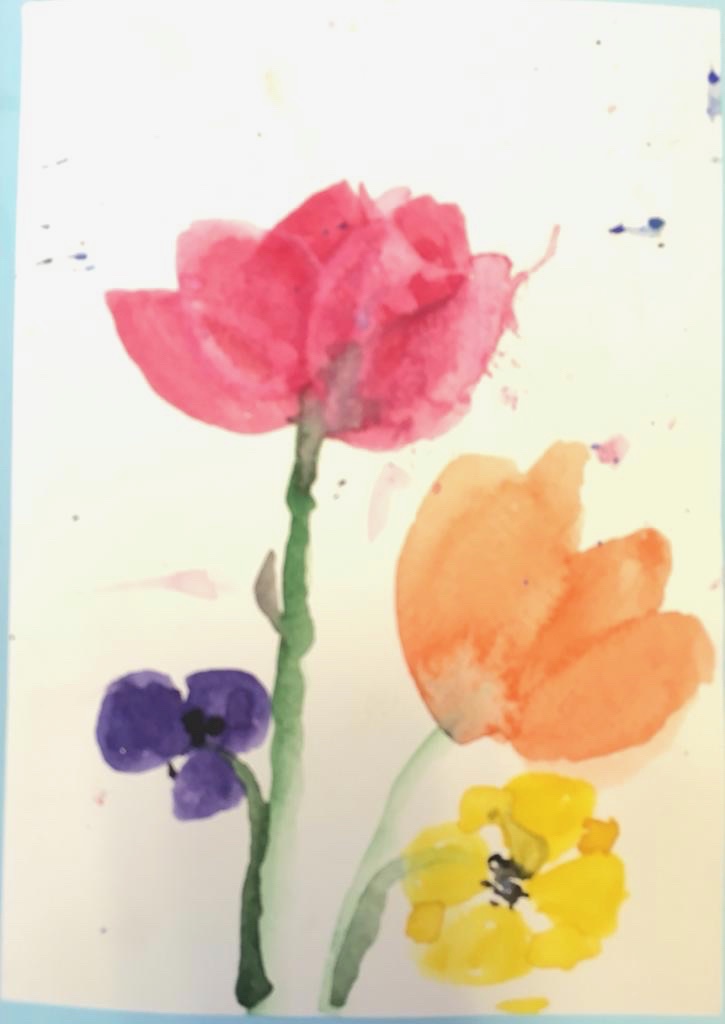
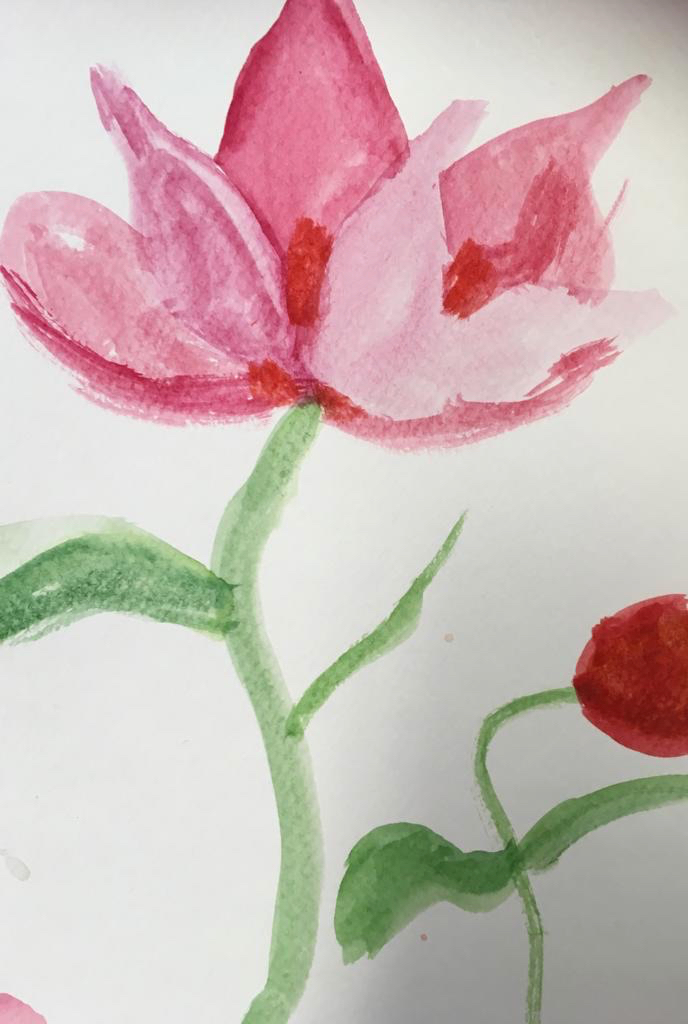
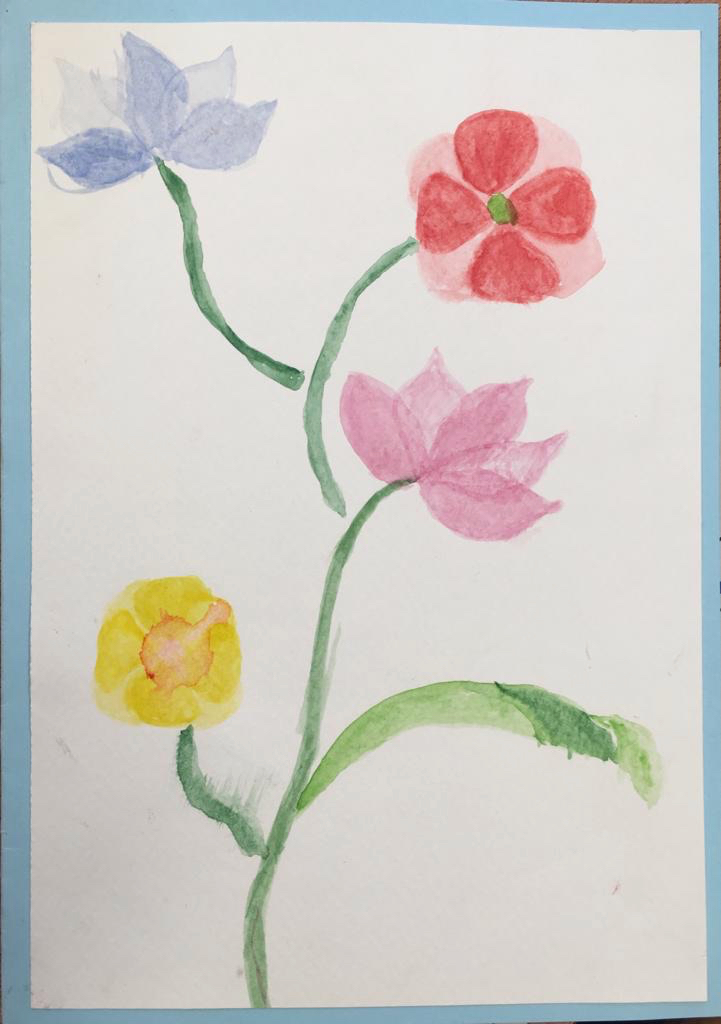
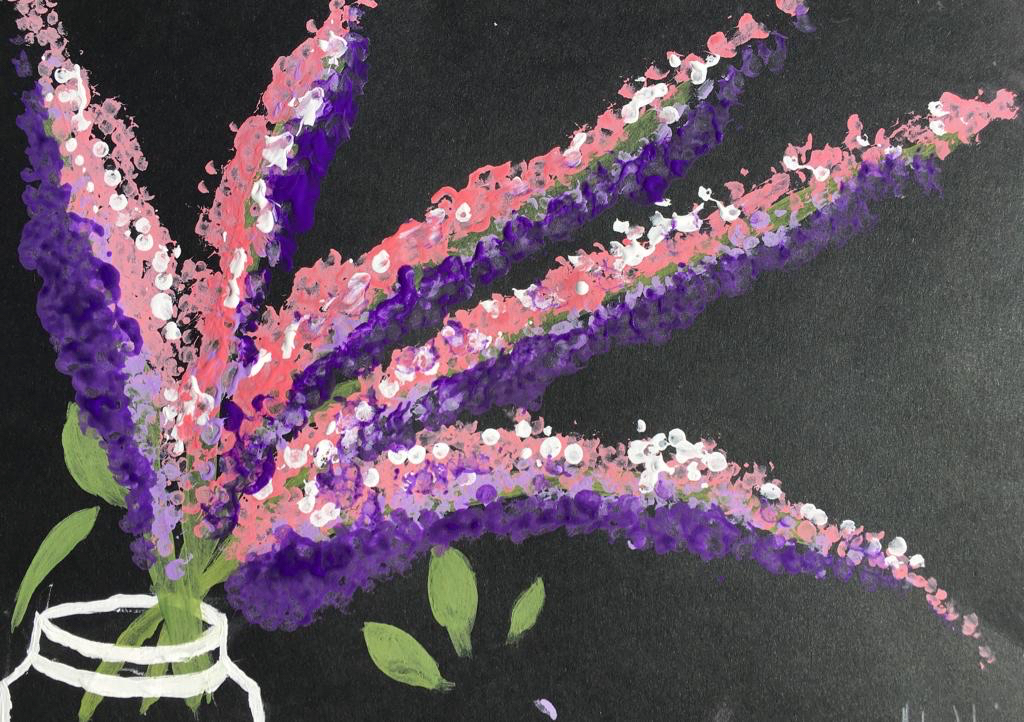
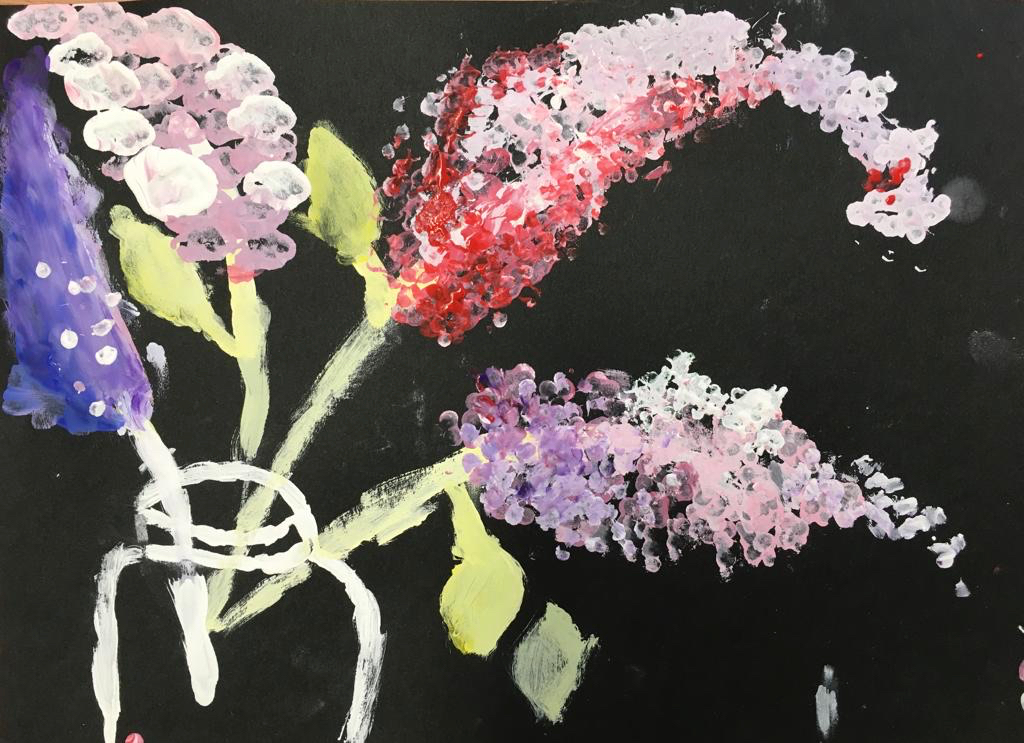
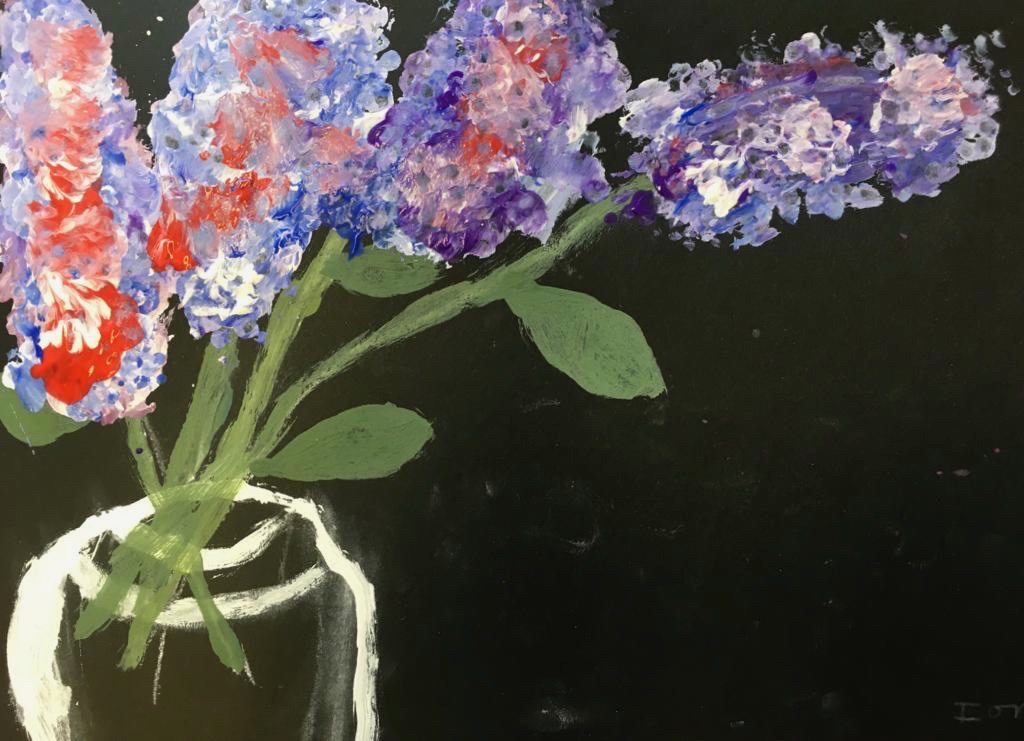
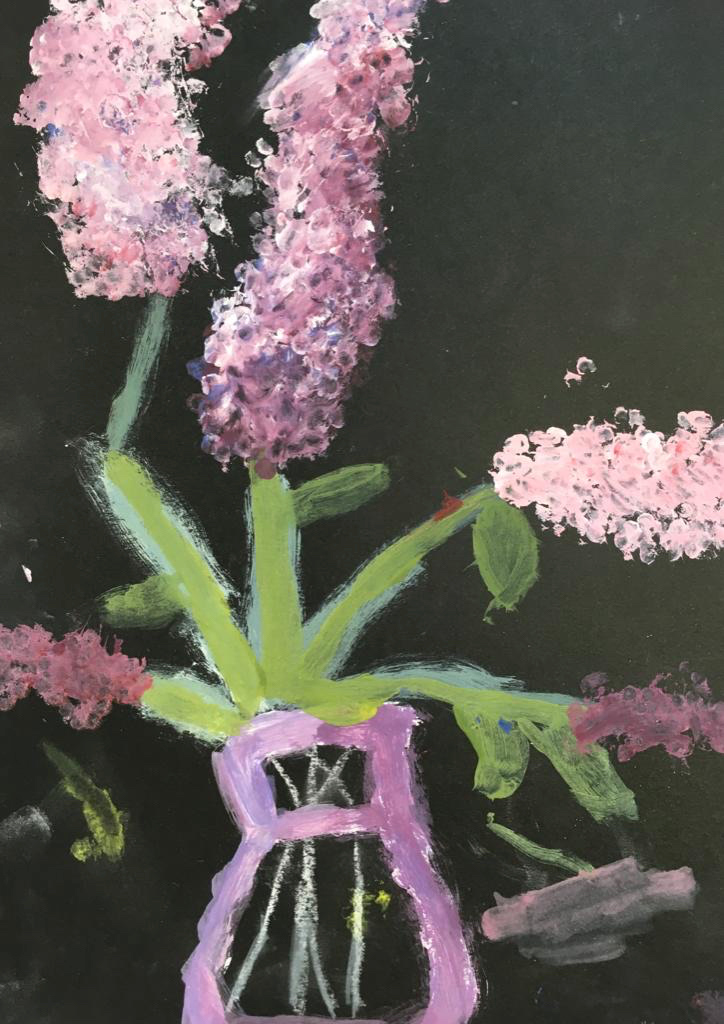
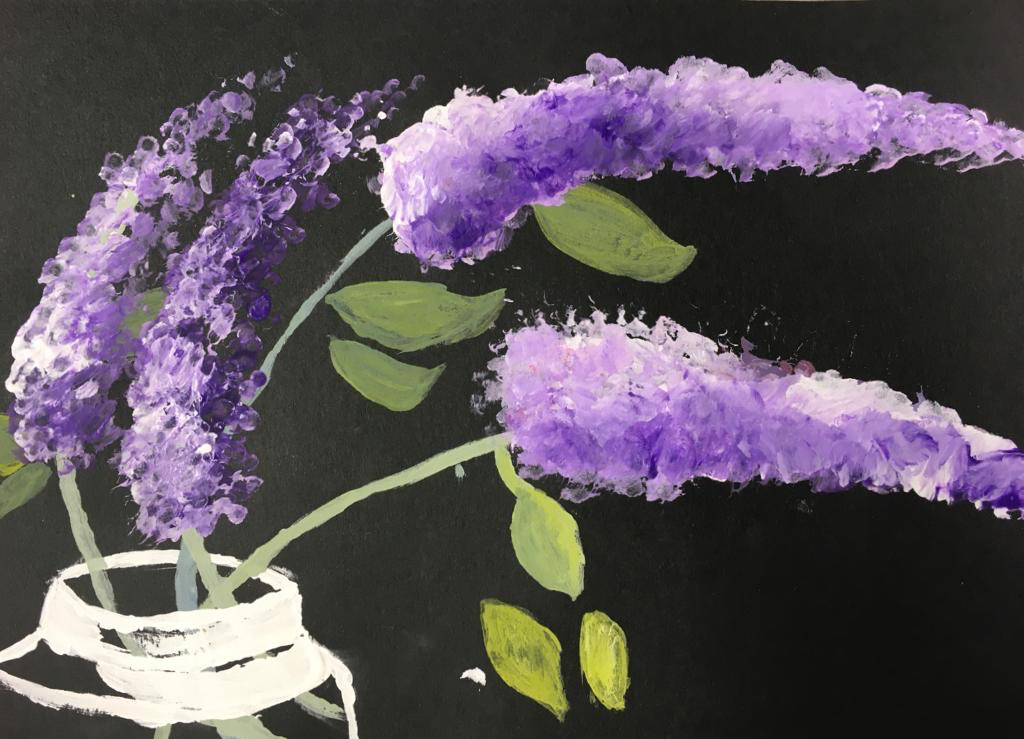
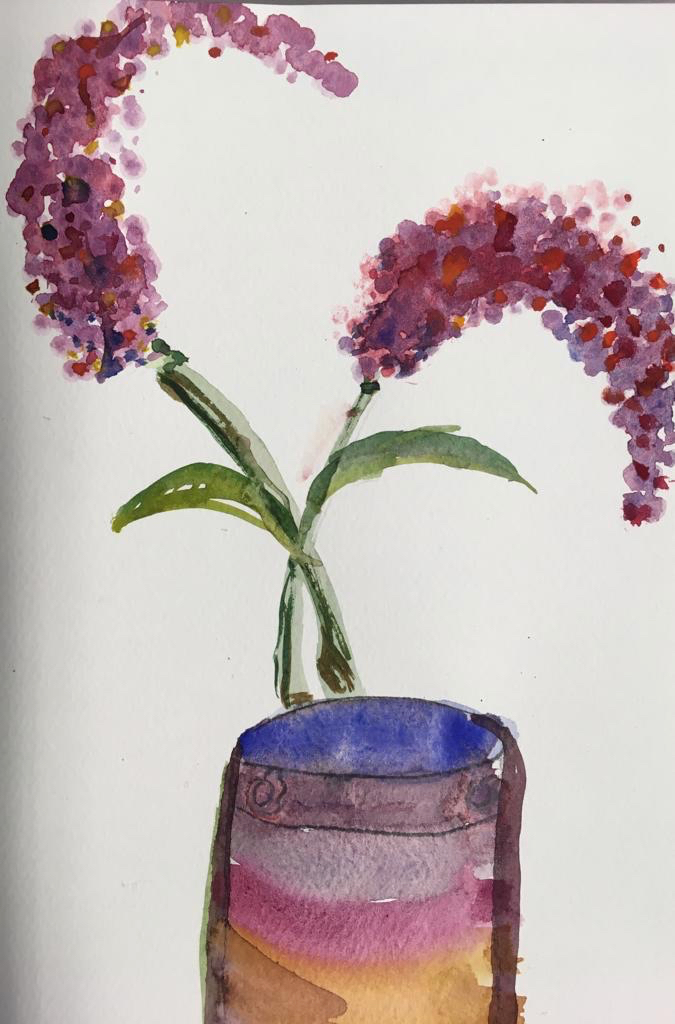
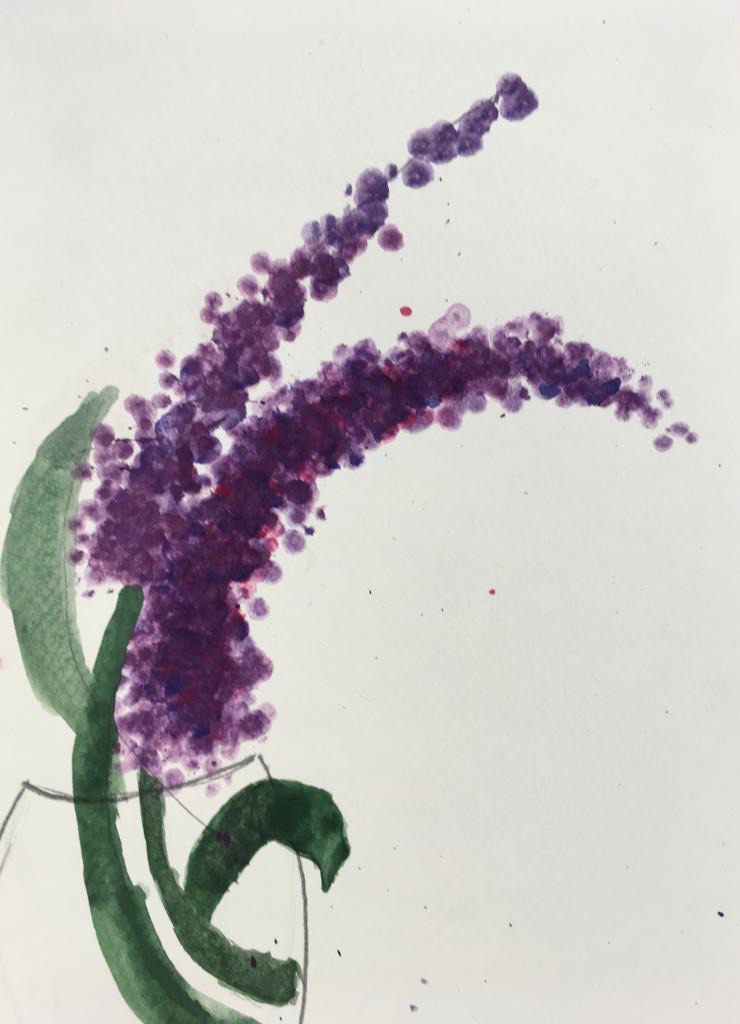
 Join Us On Facebook
Join Us On Facebook Join Us On Twitter
Join Us On Twitter Join Us On In.com
Join Us On In.com Subscribe to Our Blog
Subscribe to Our Blog